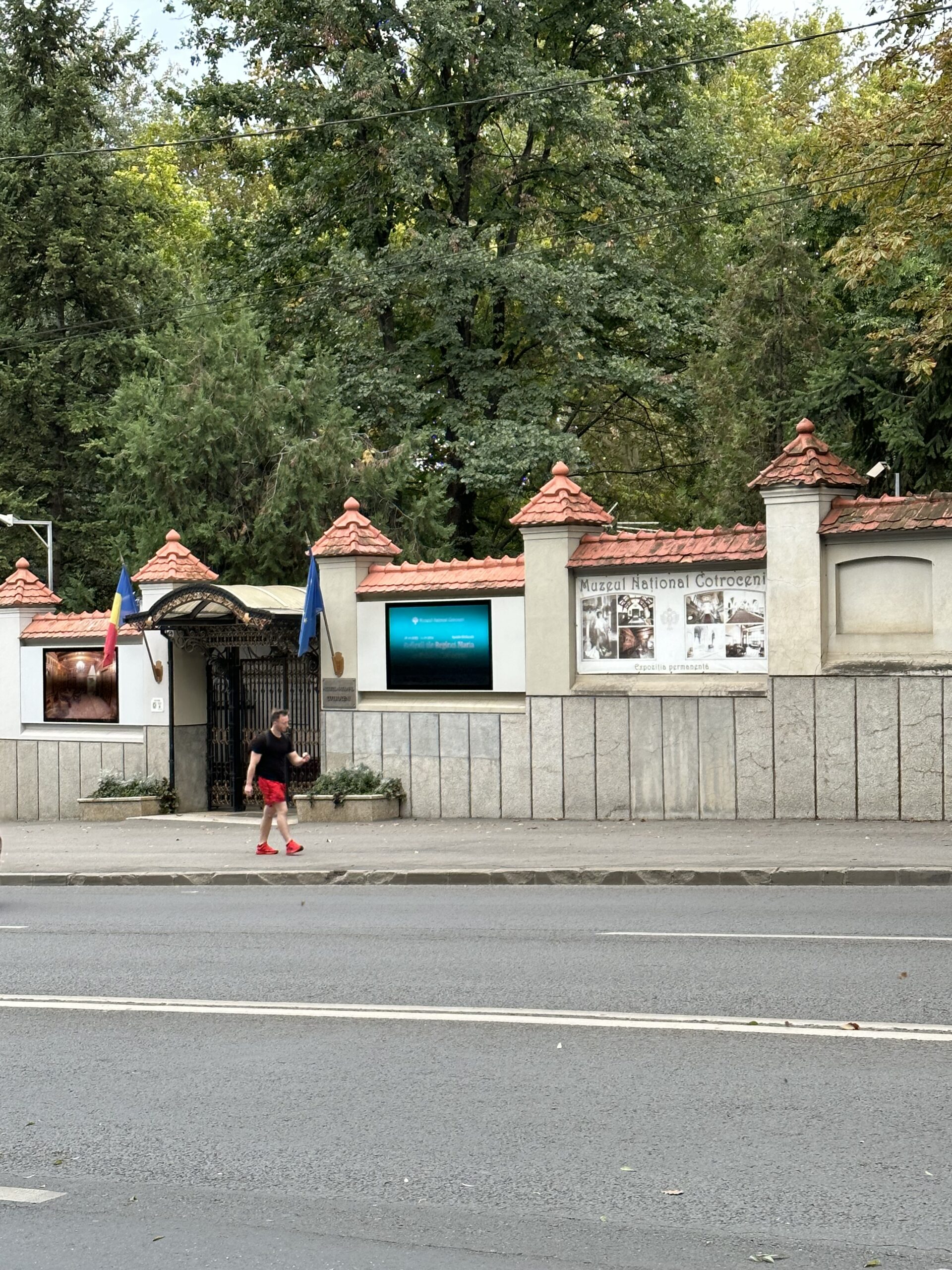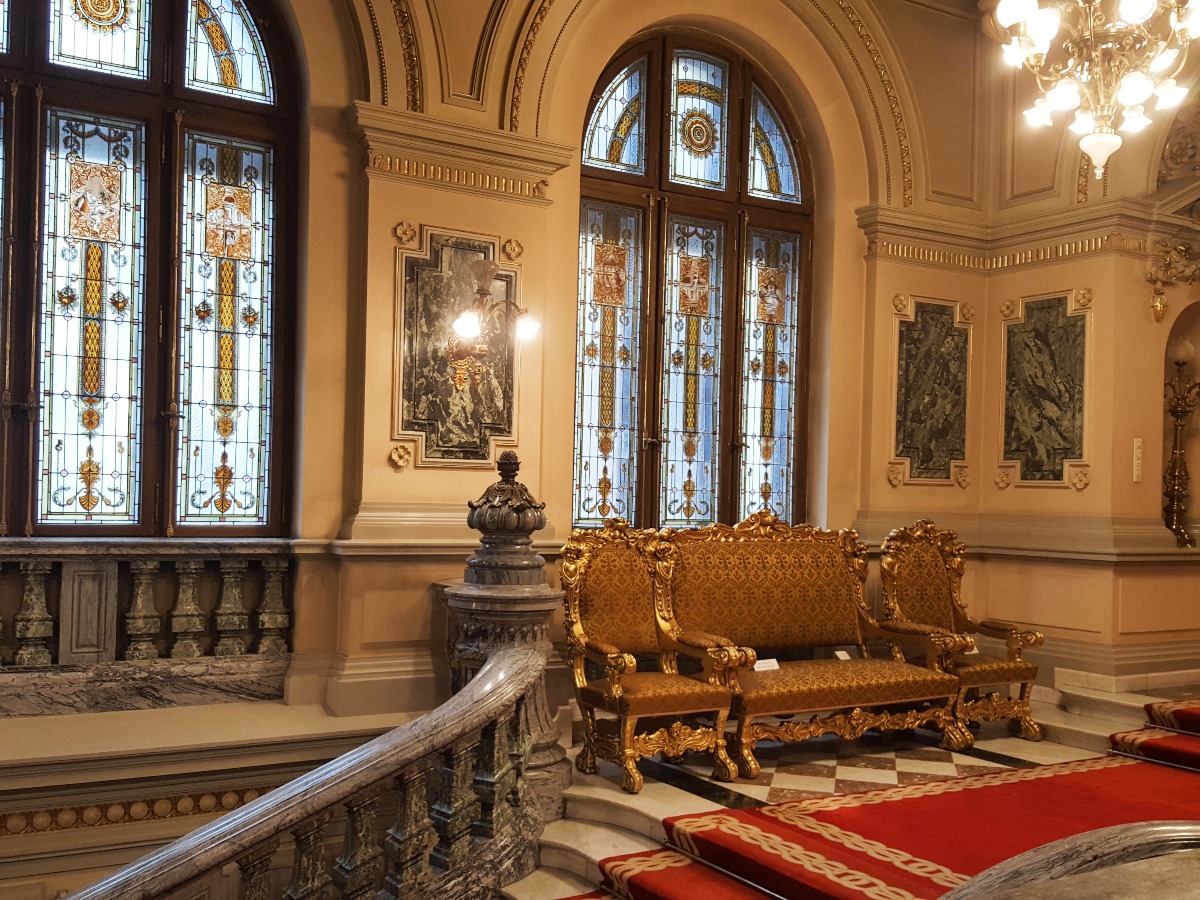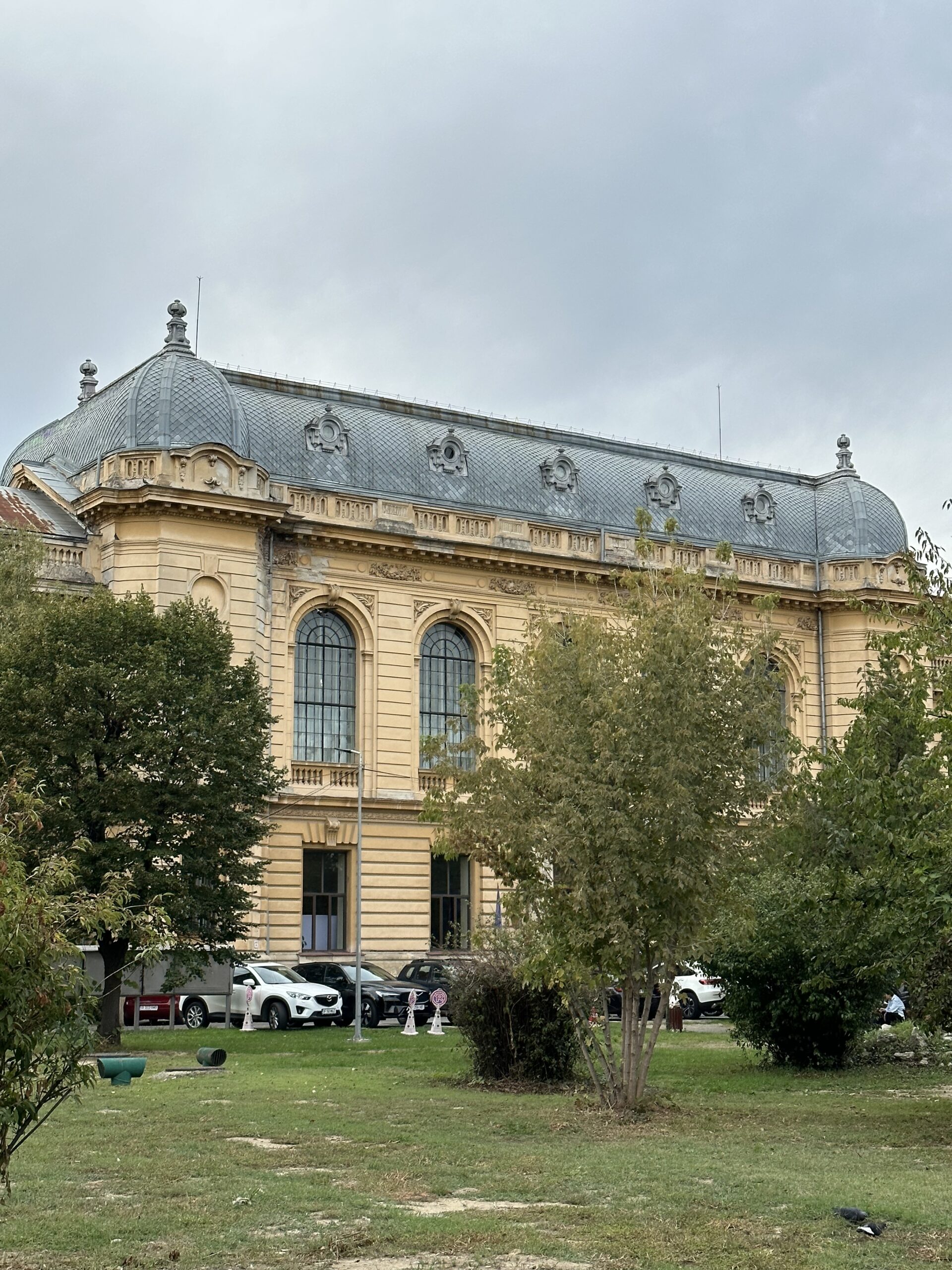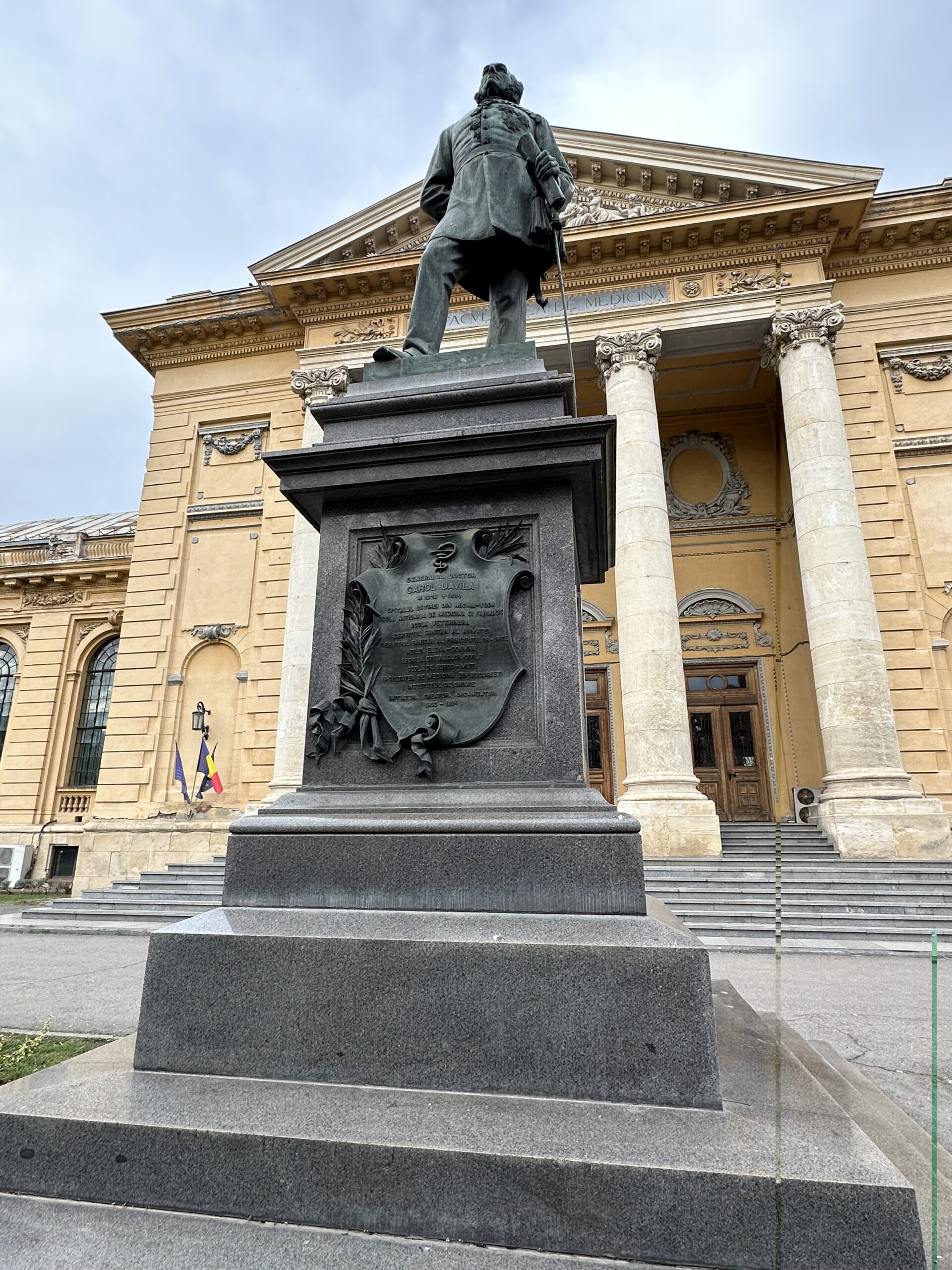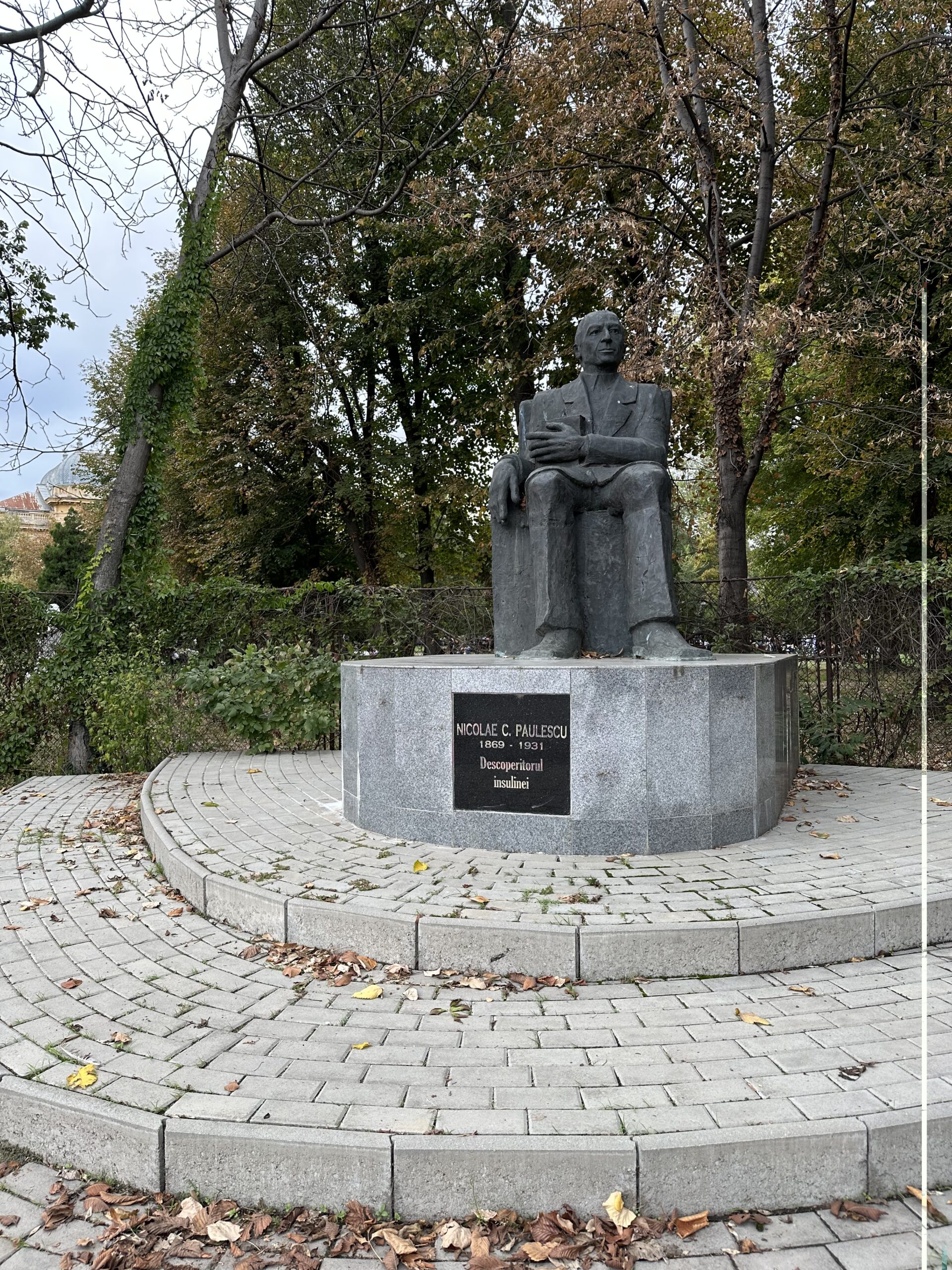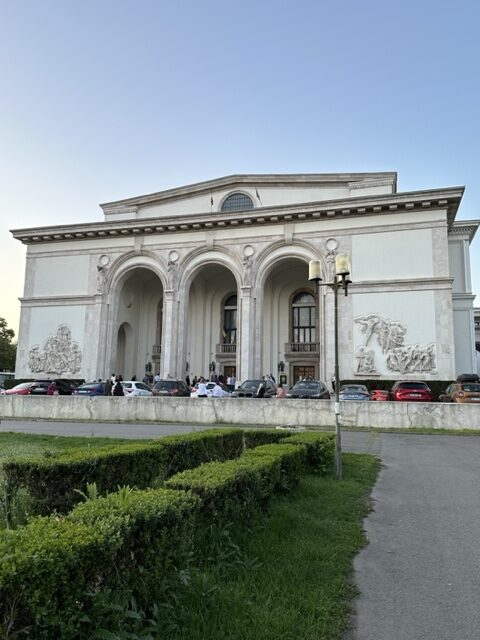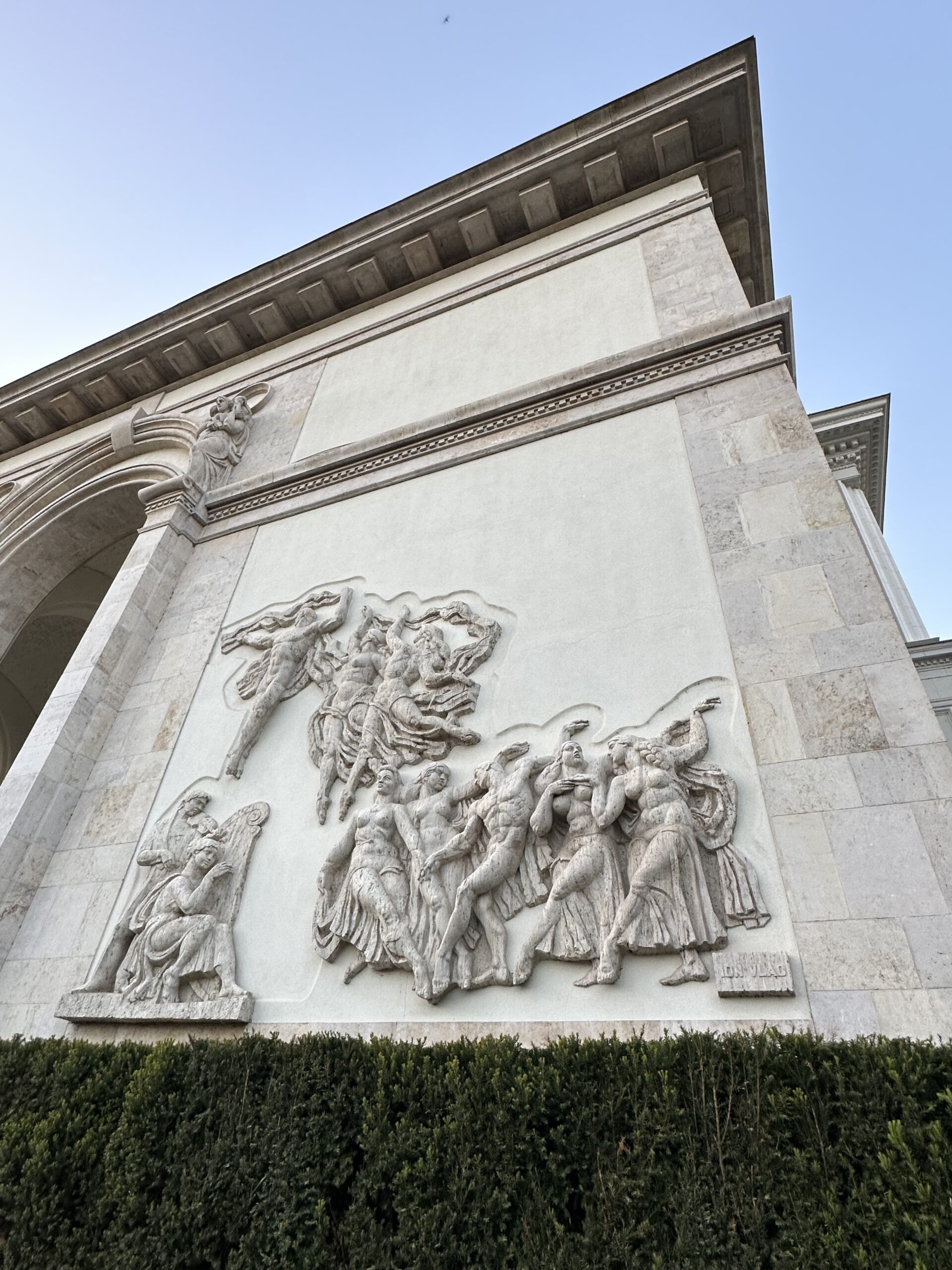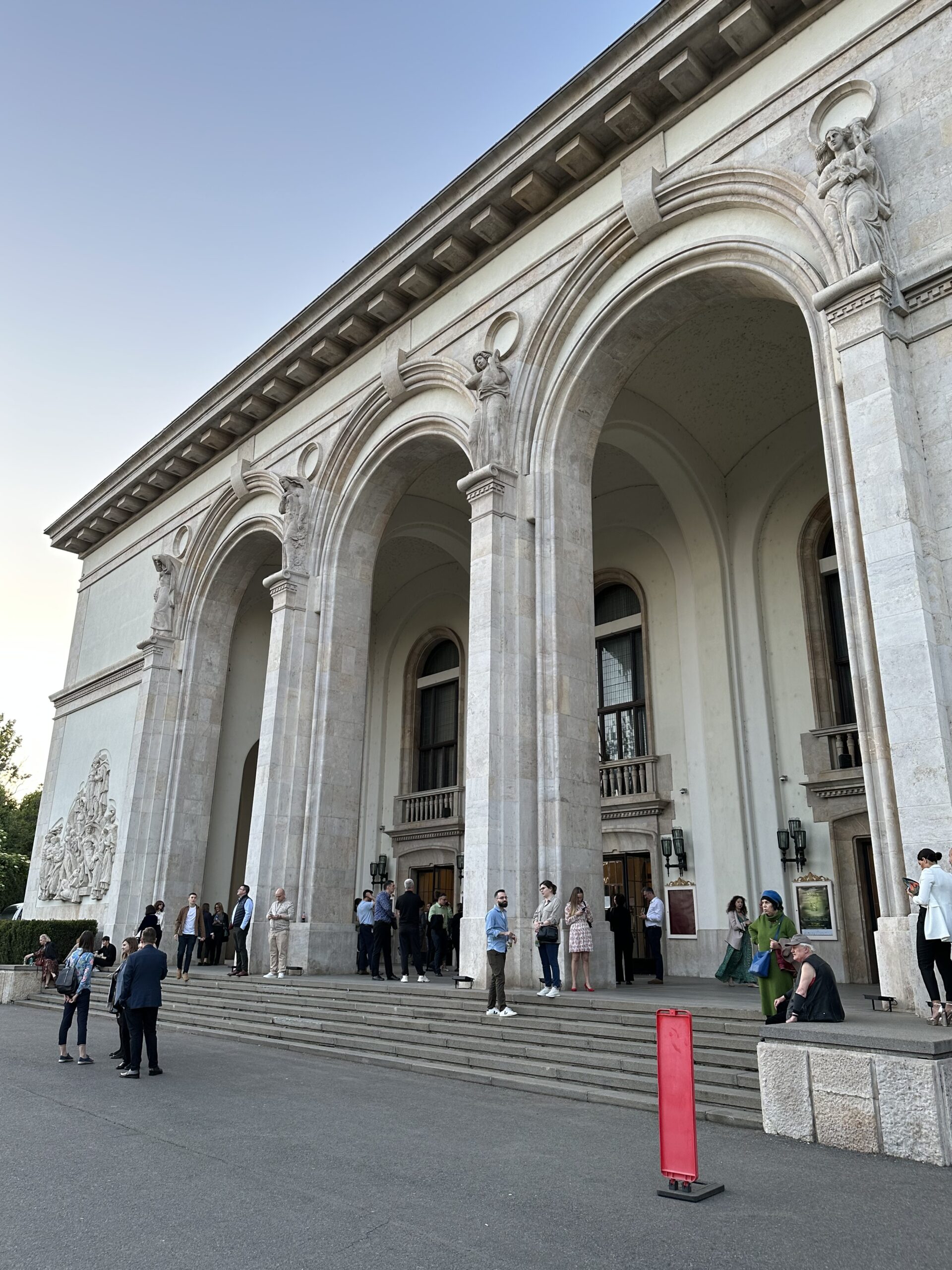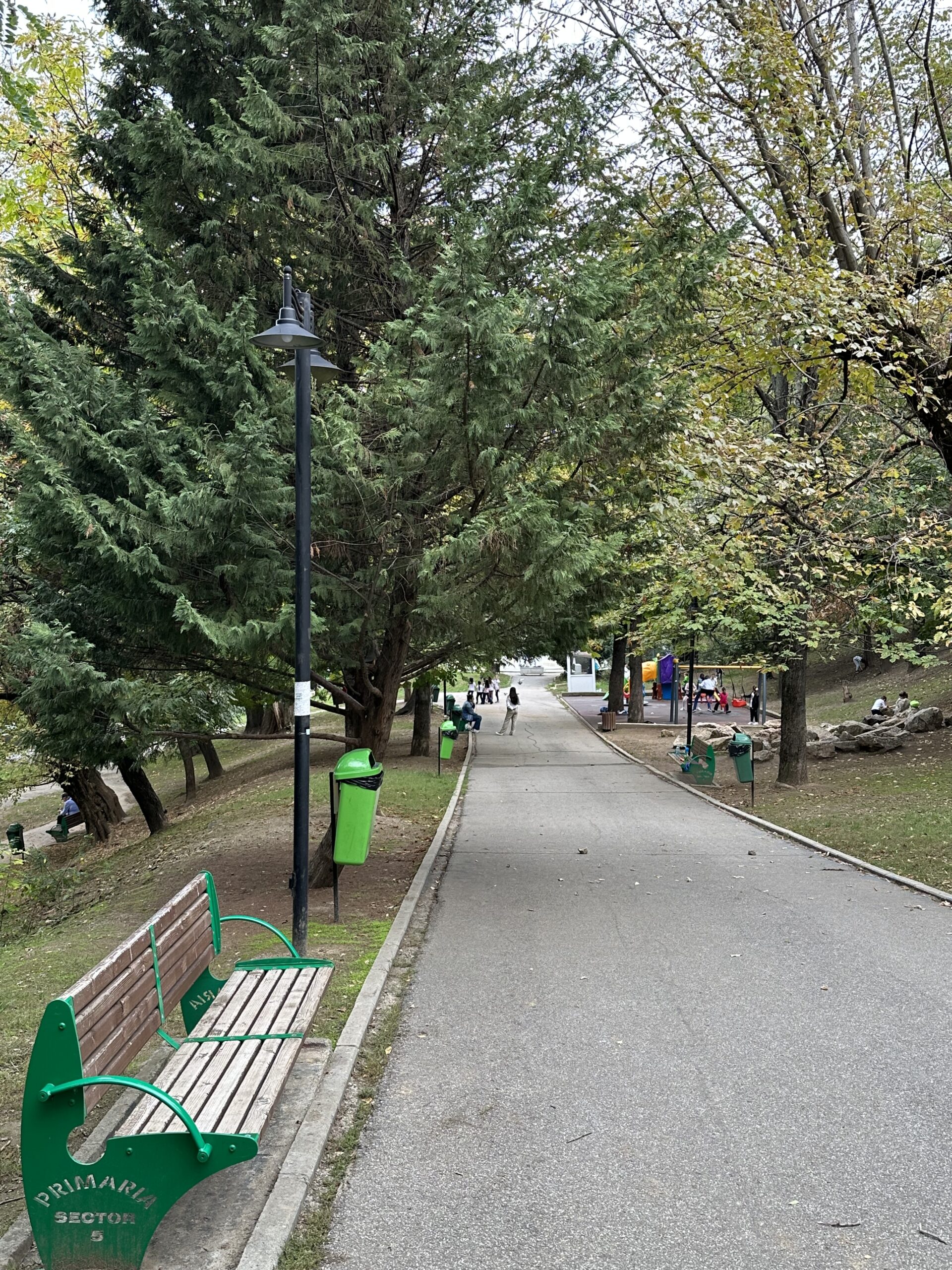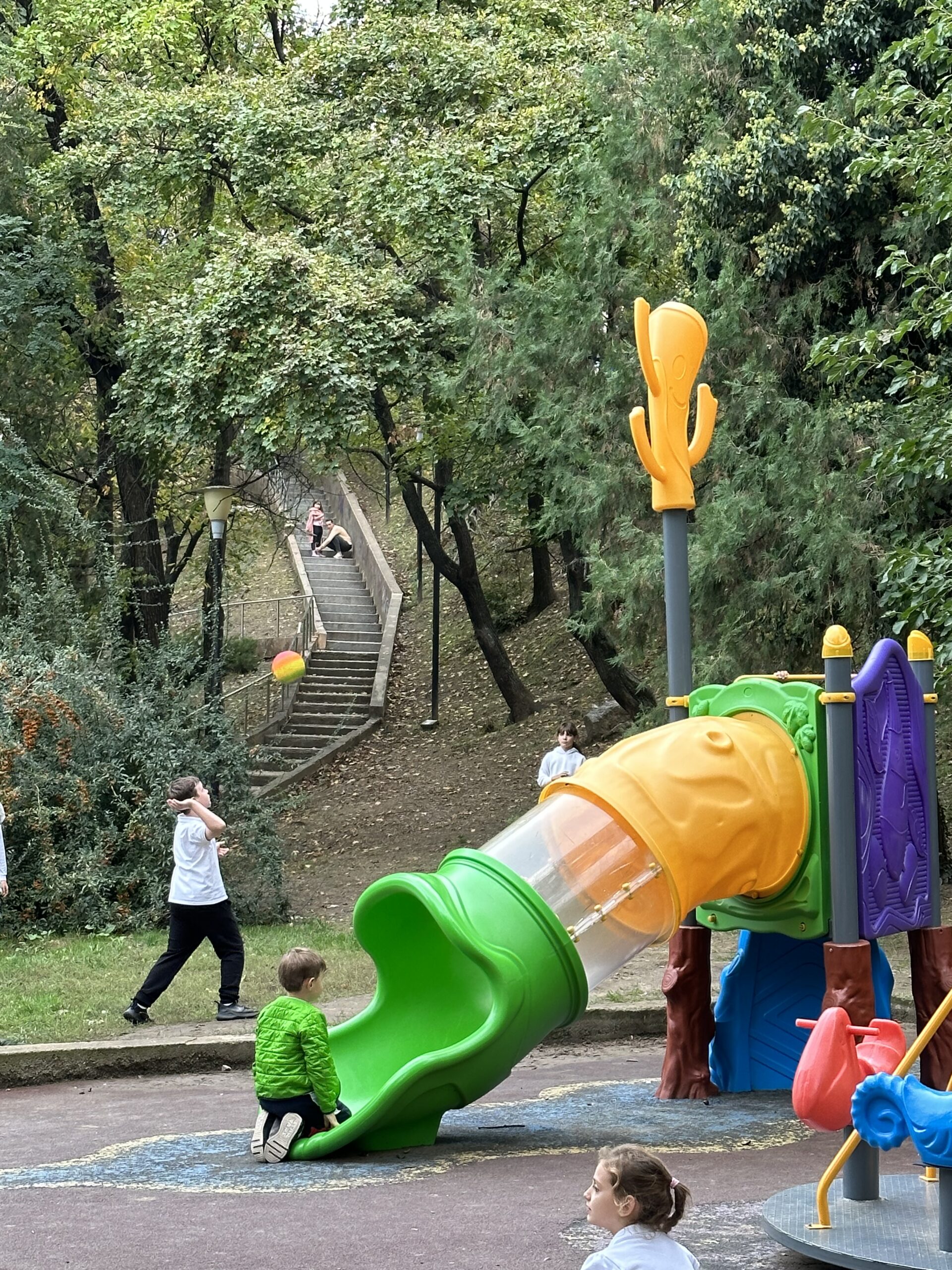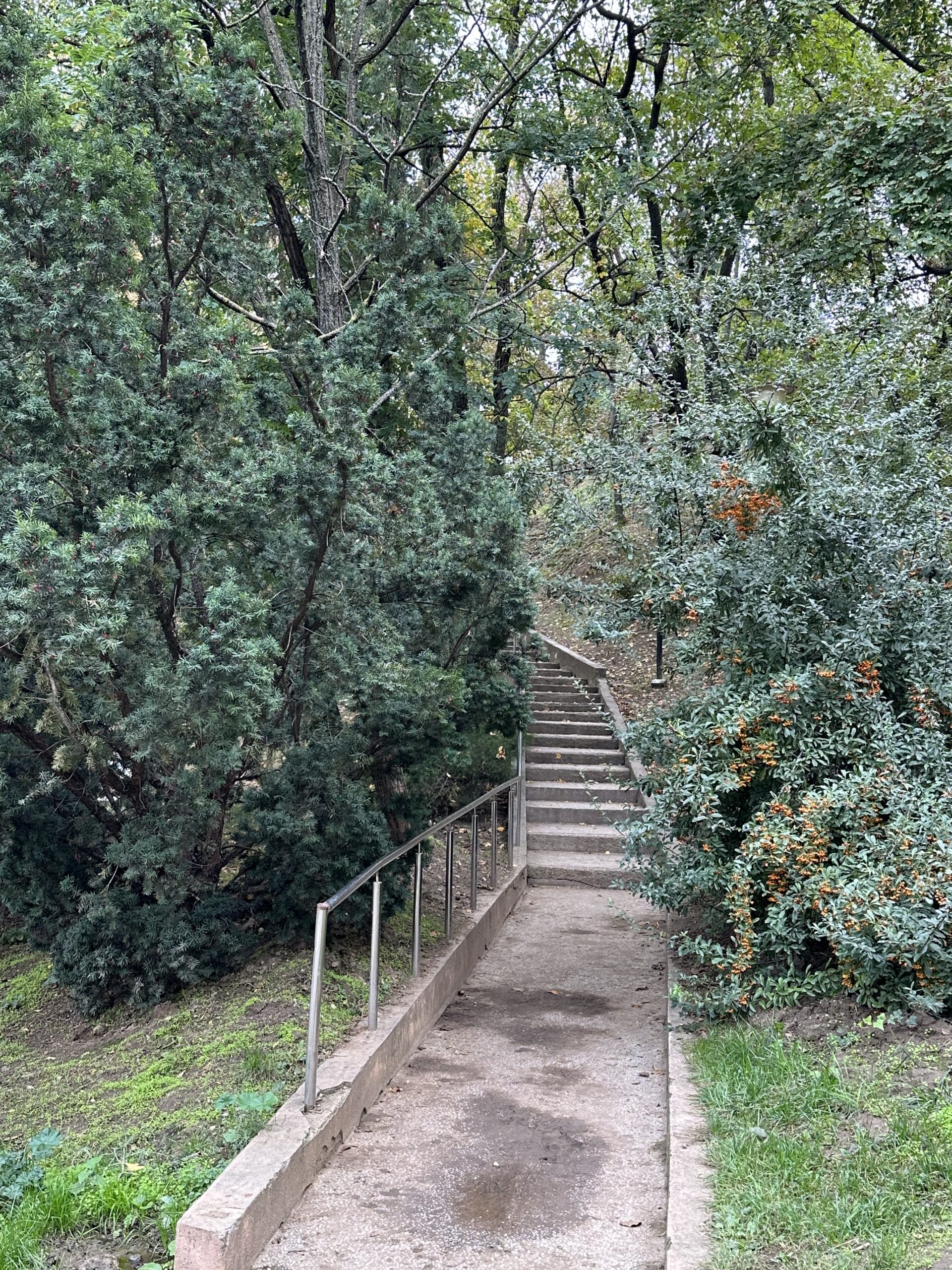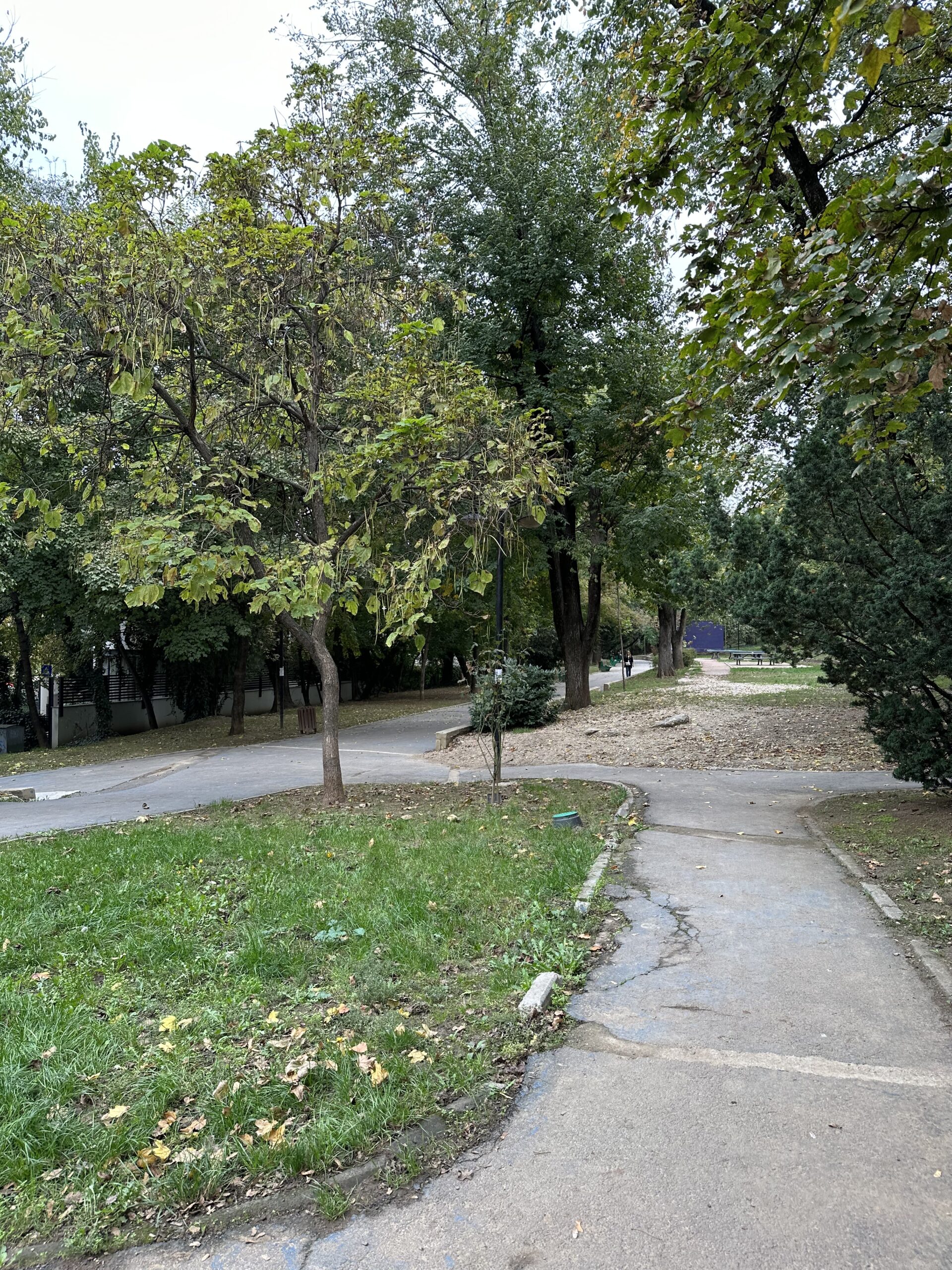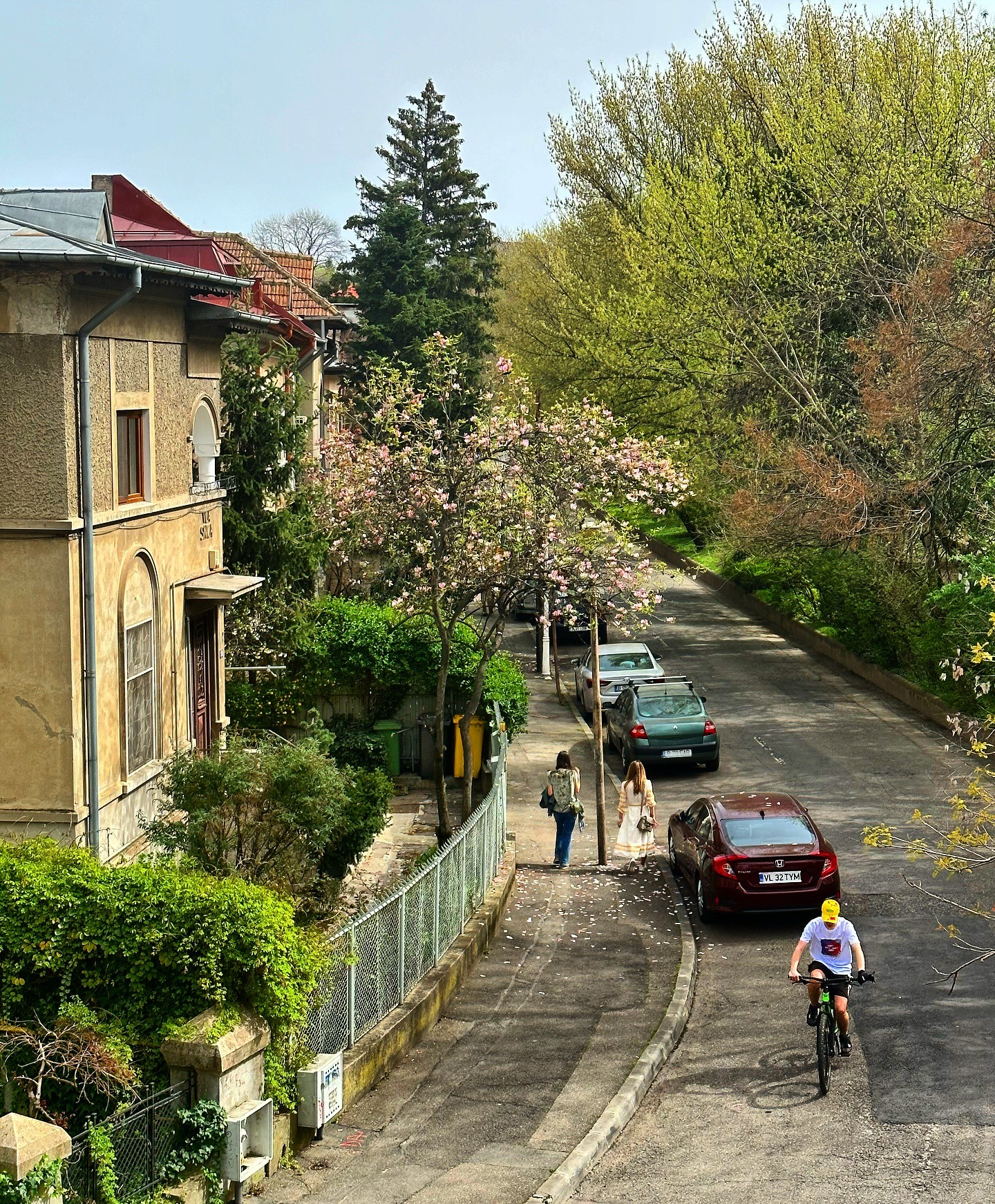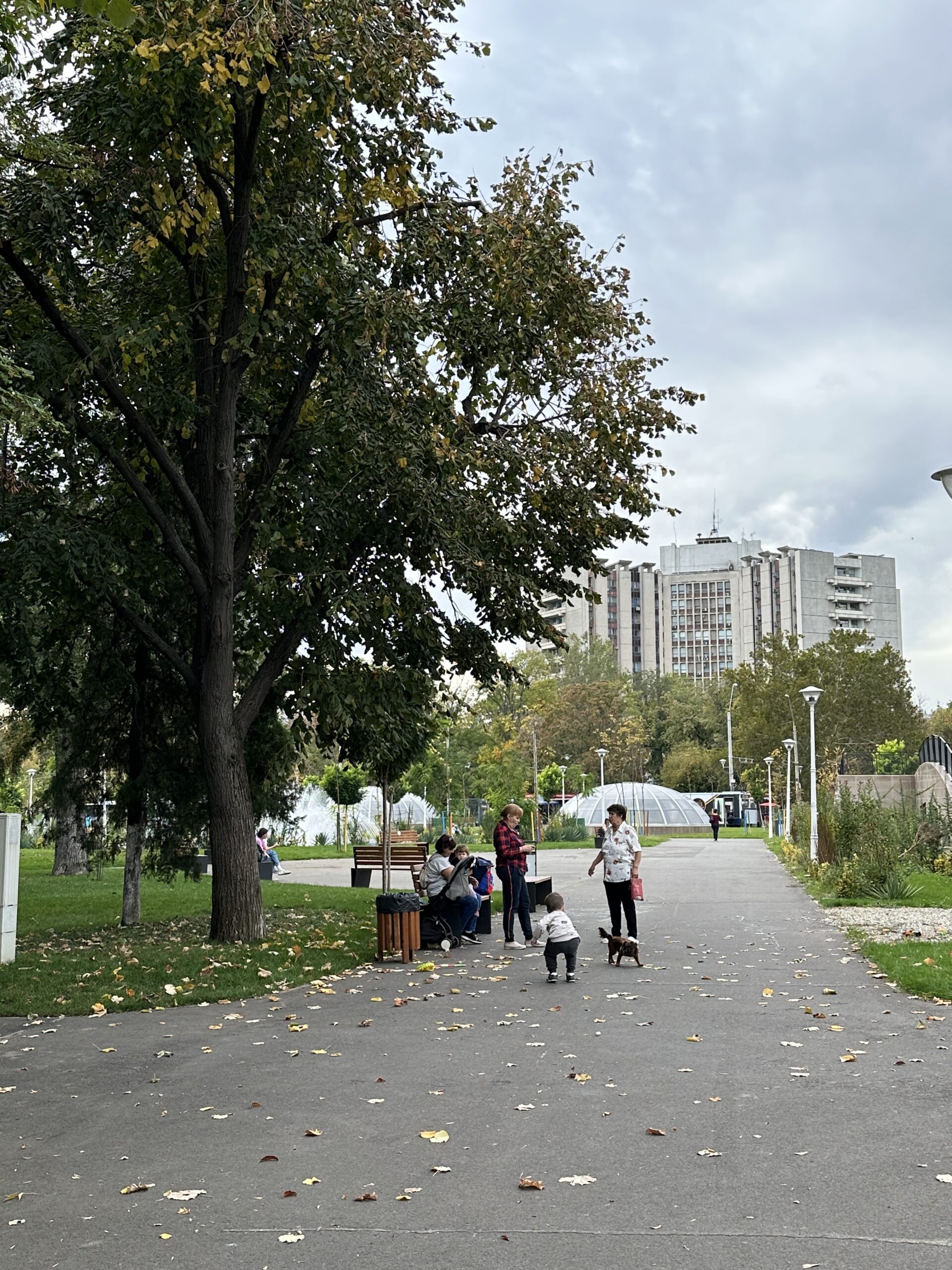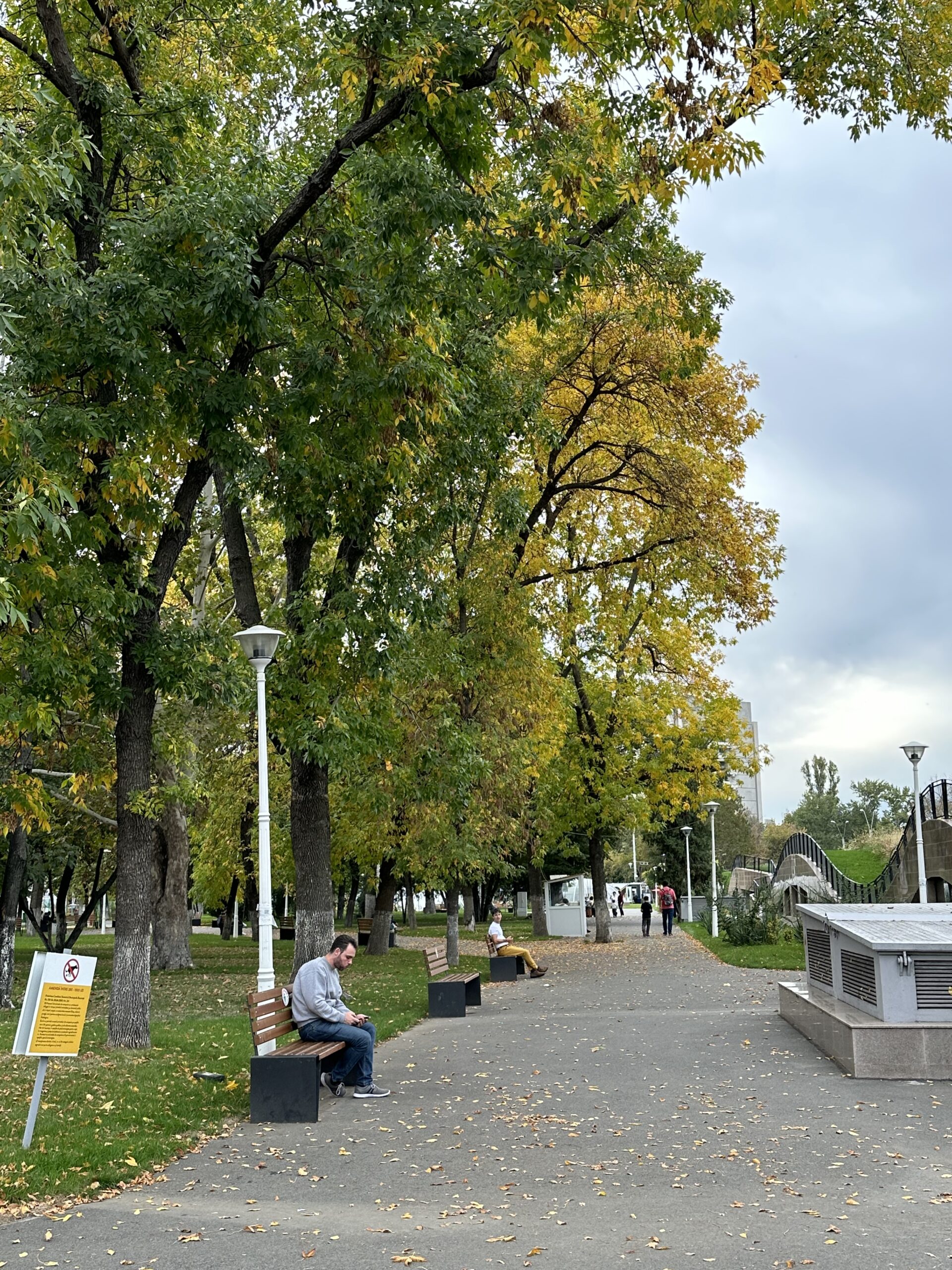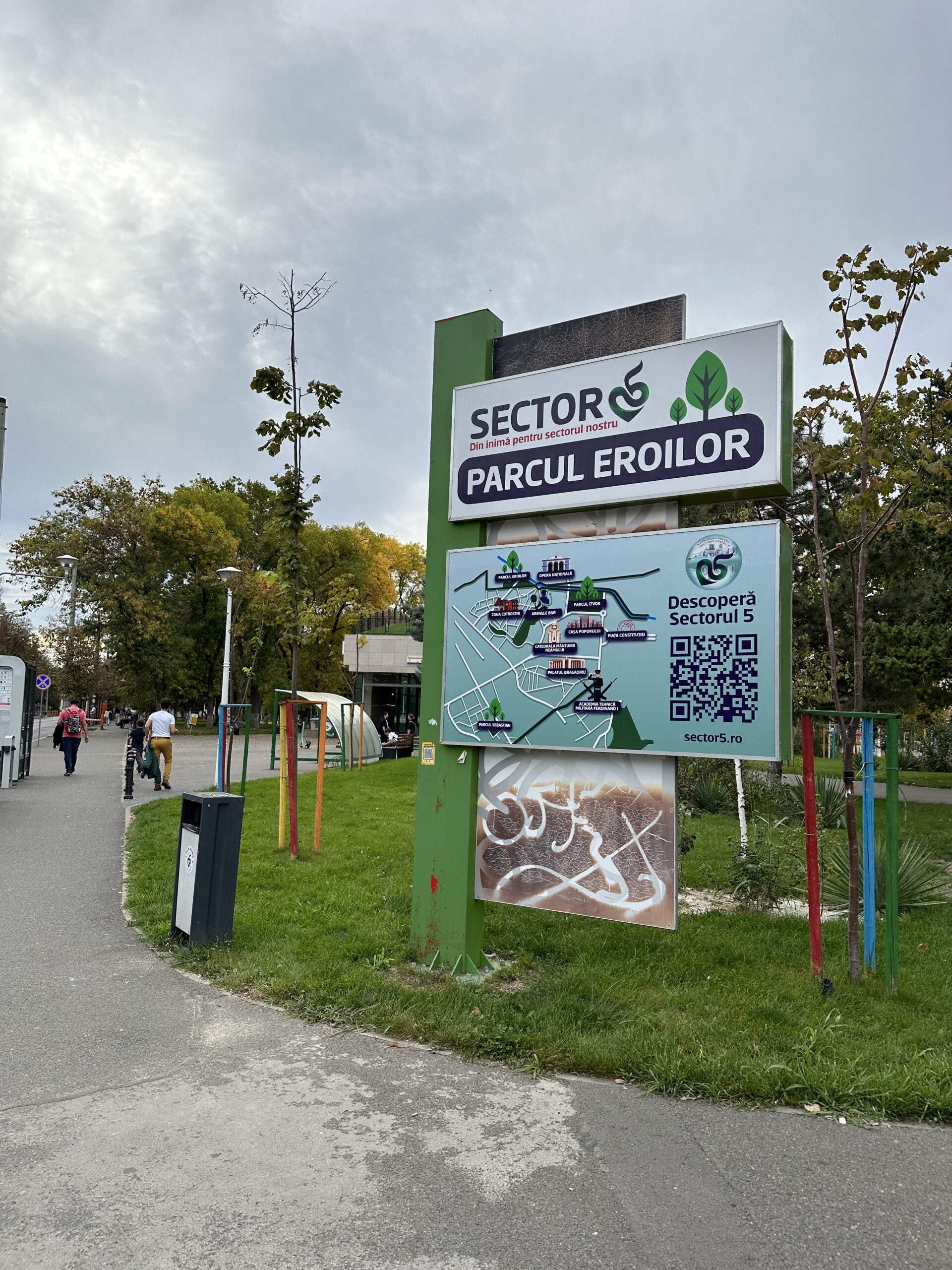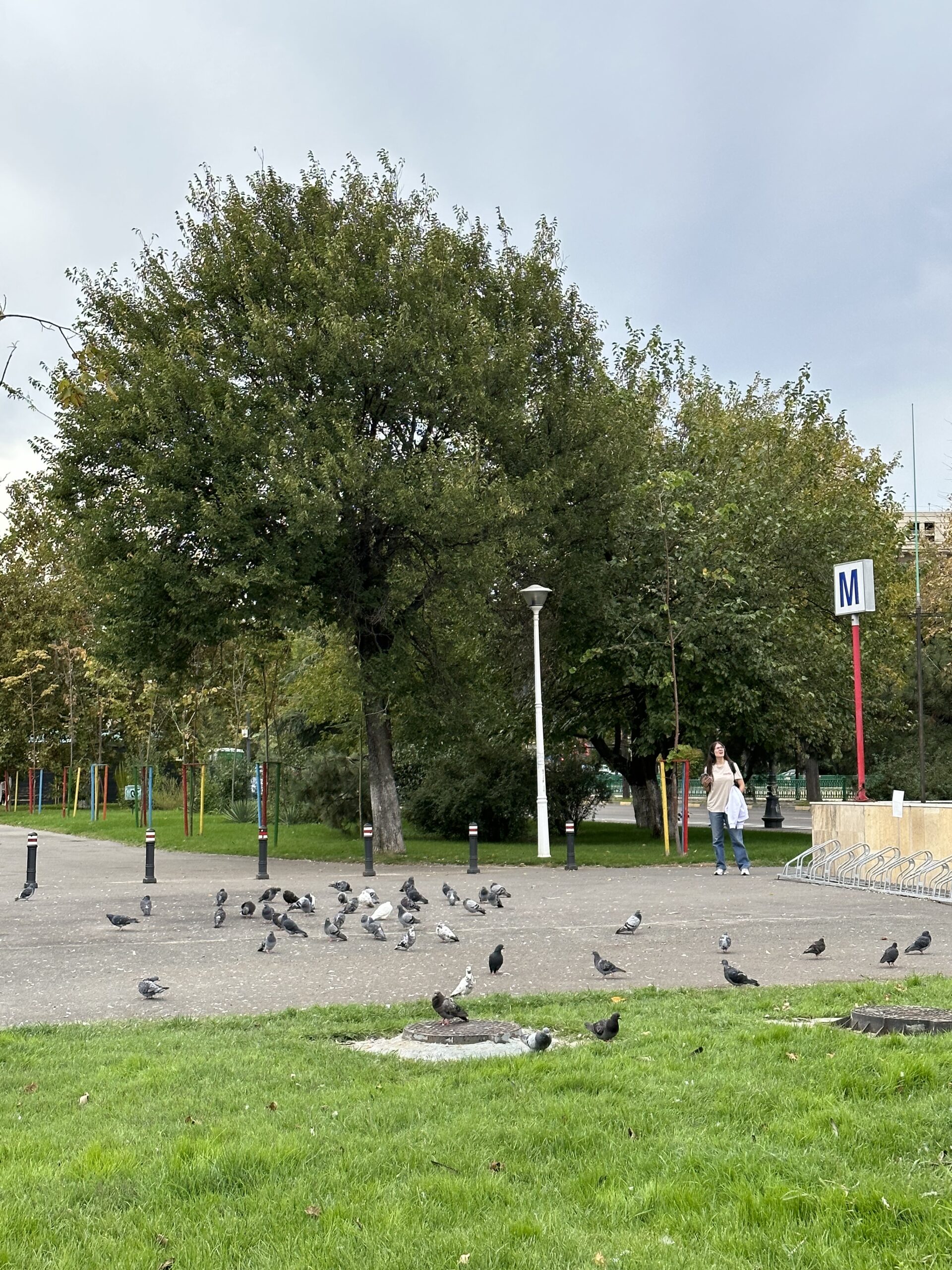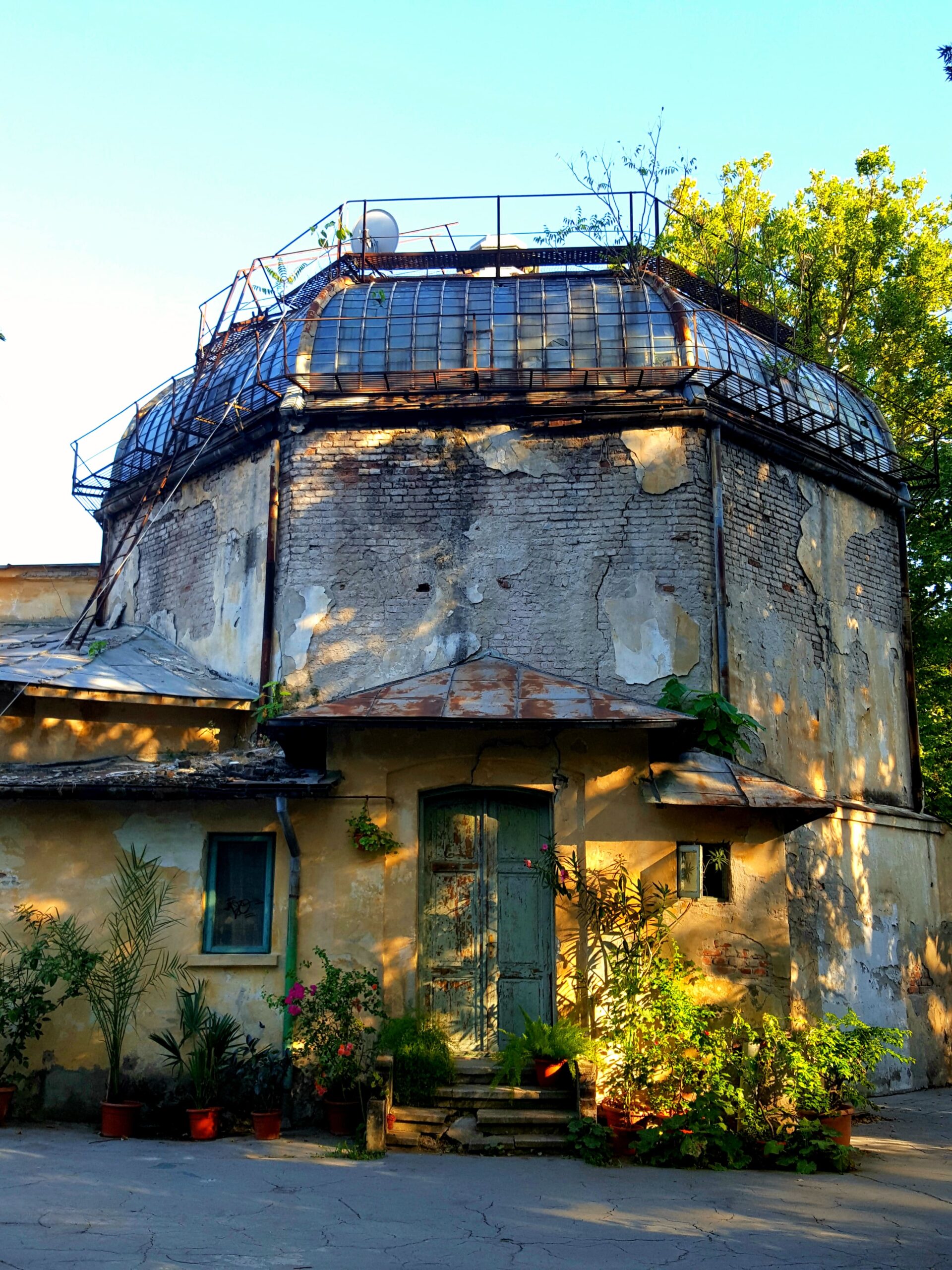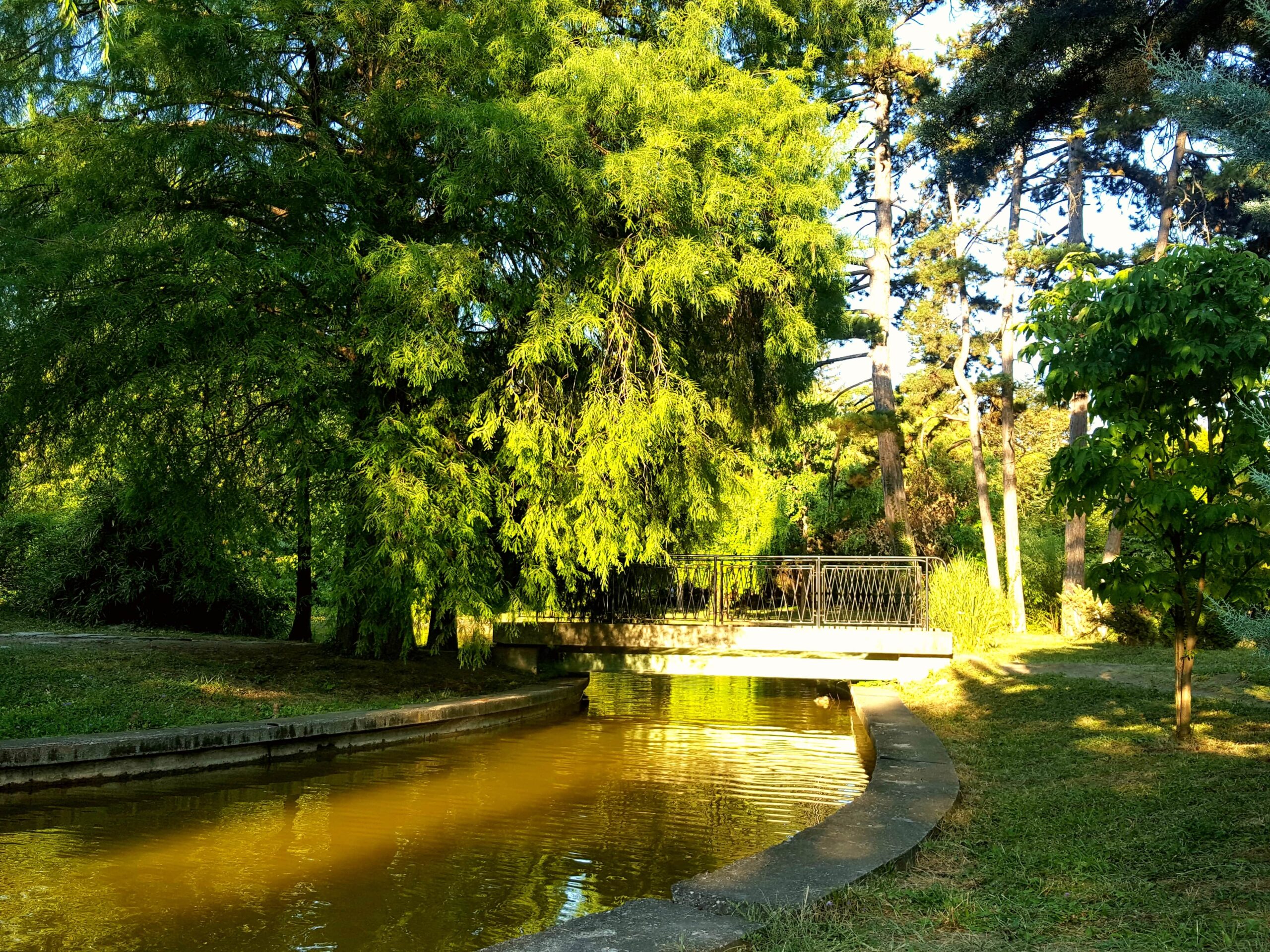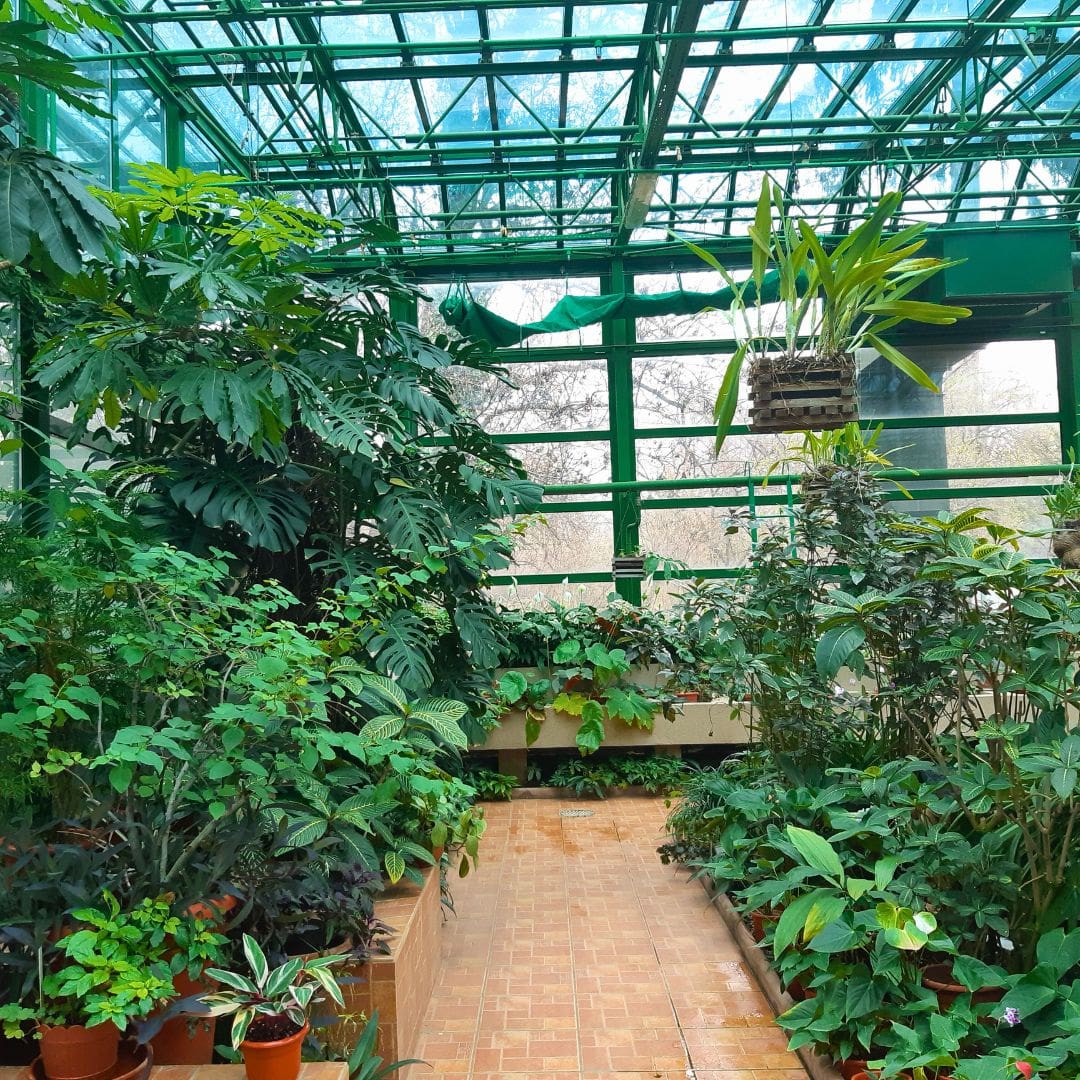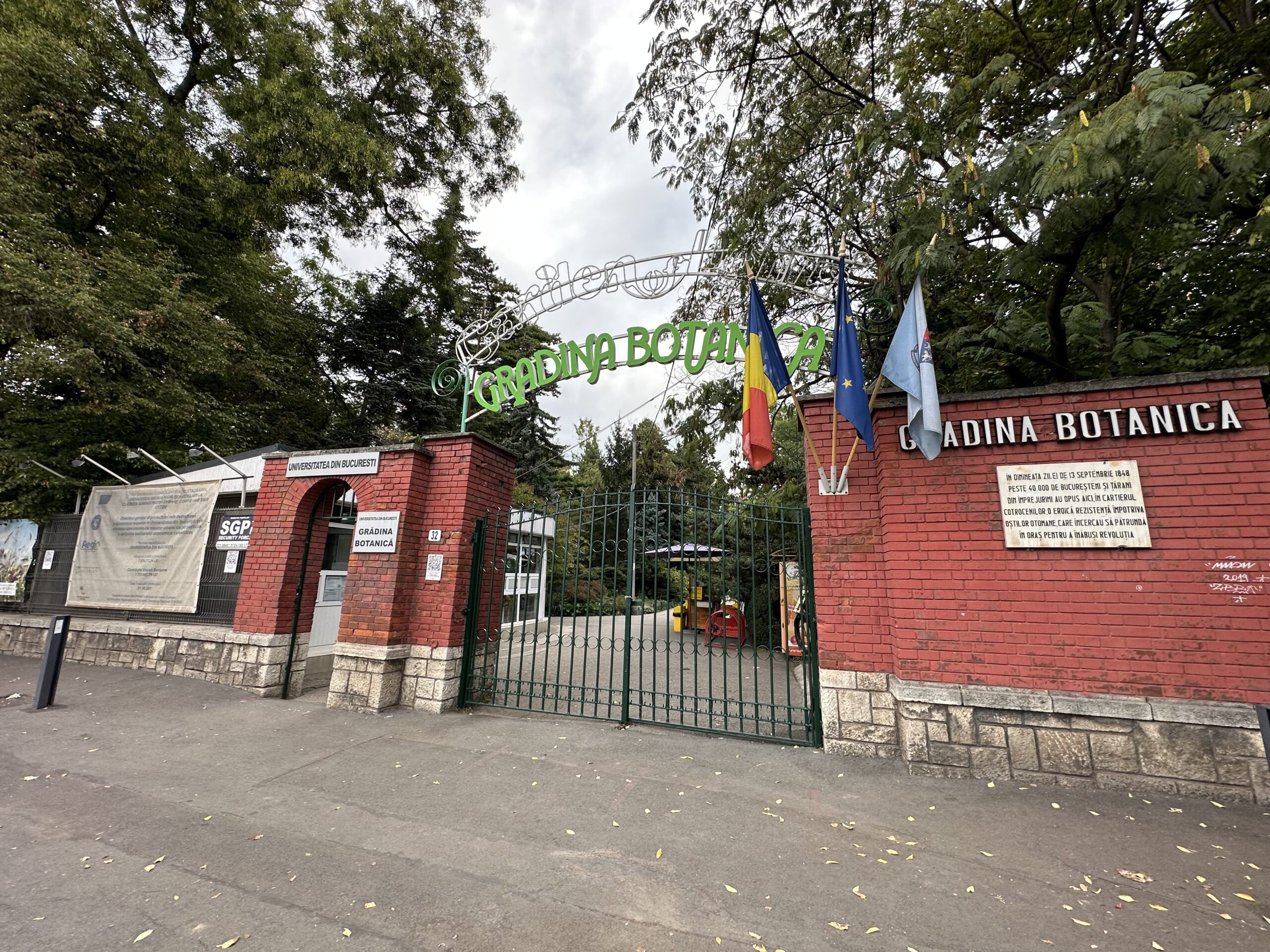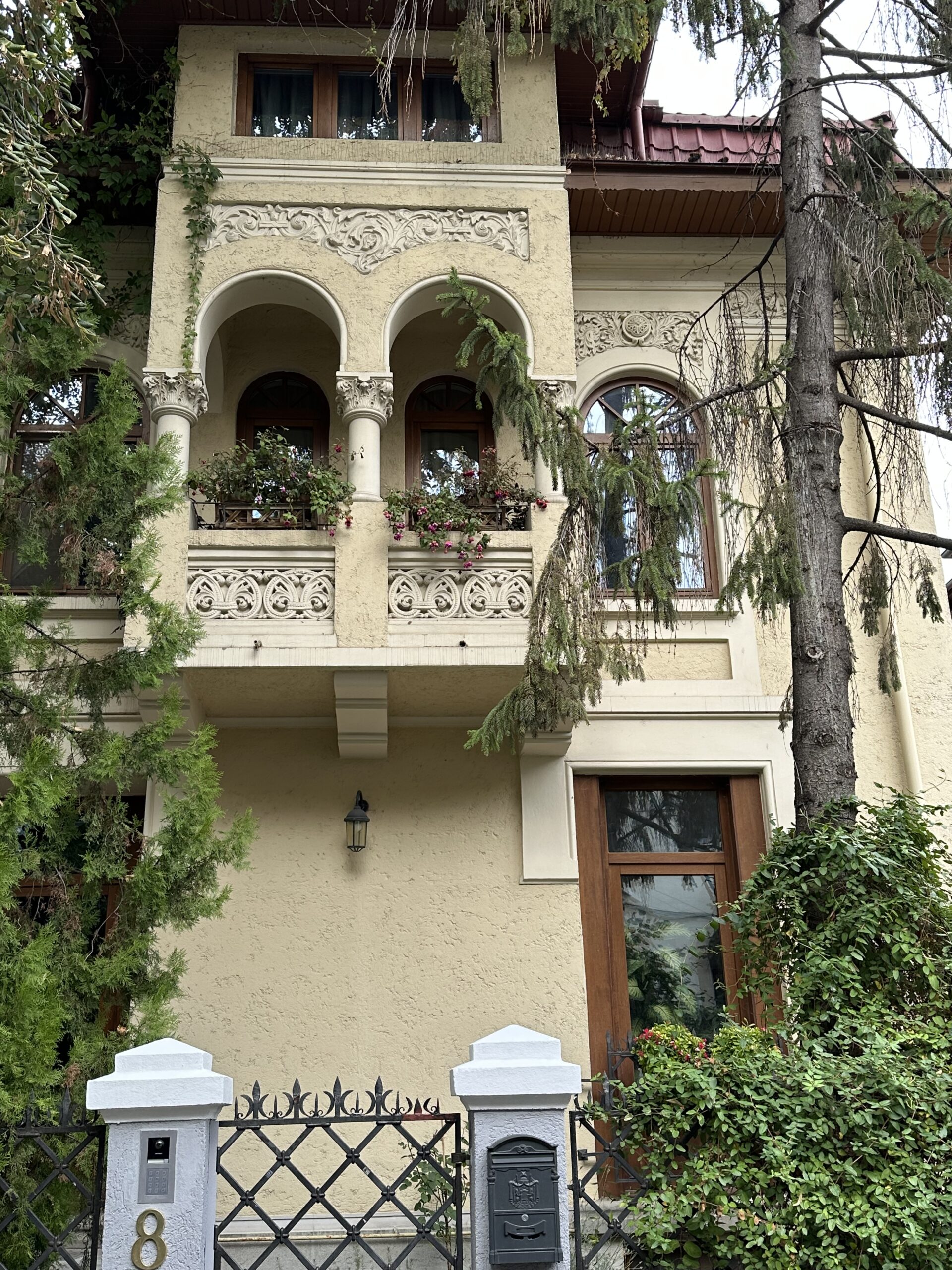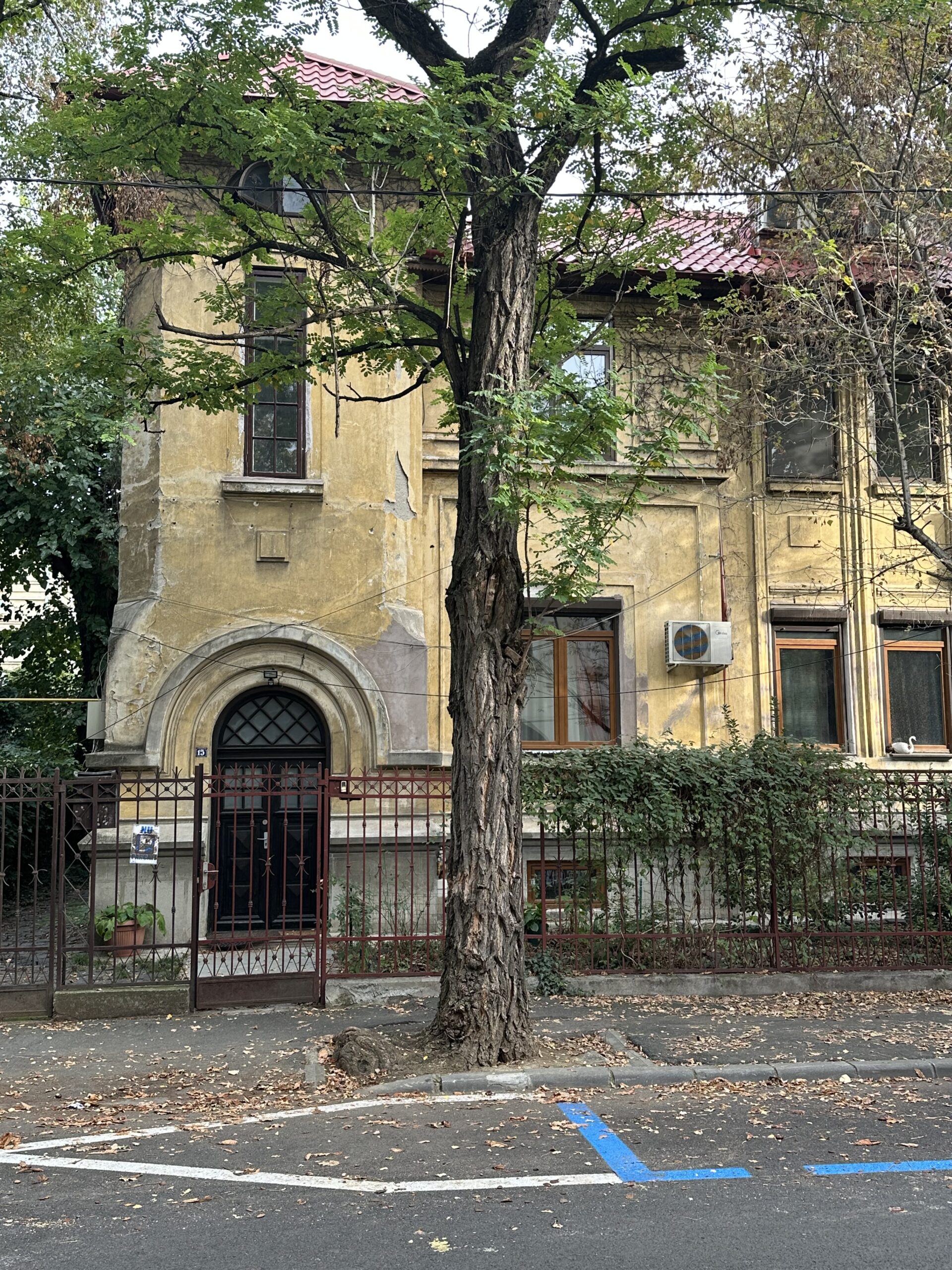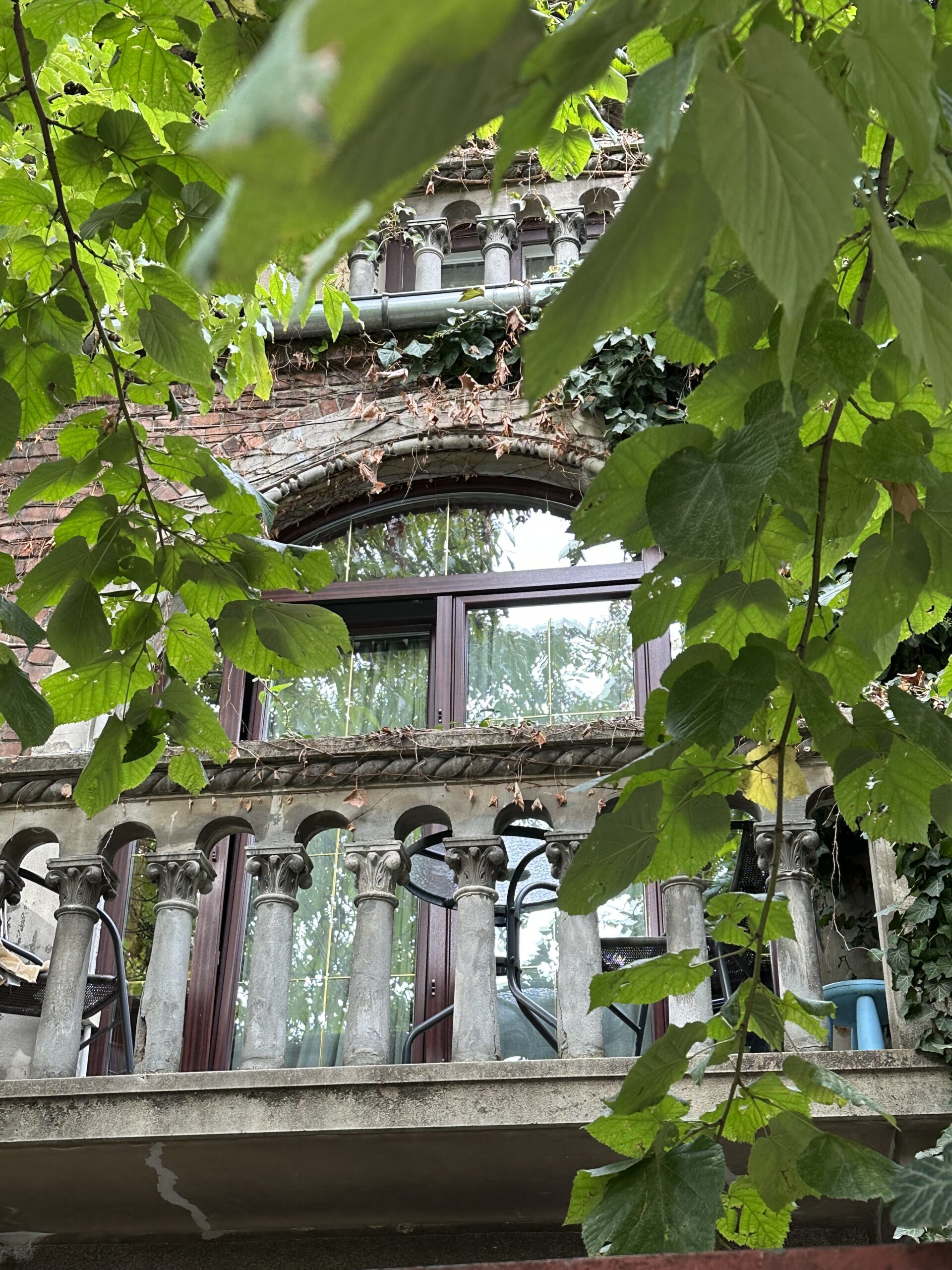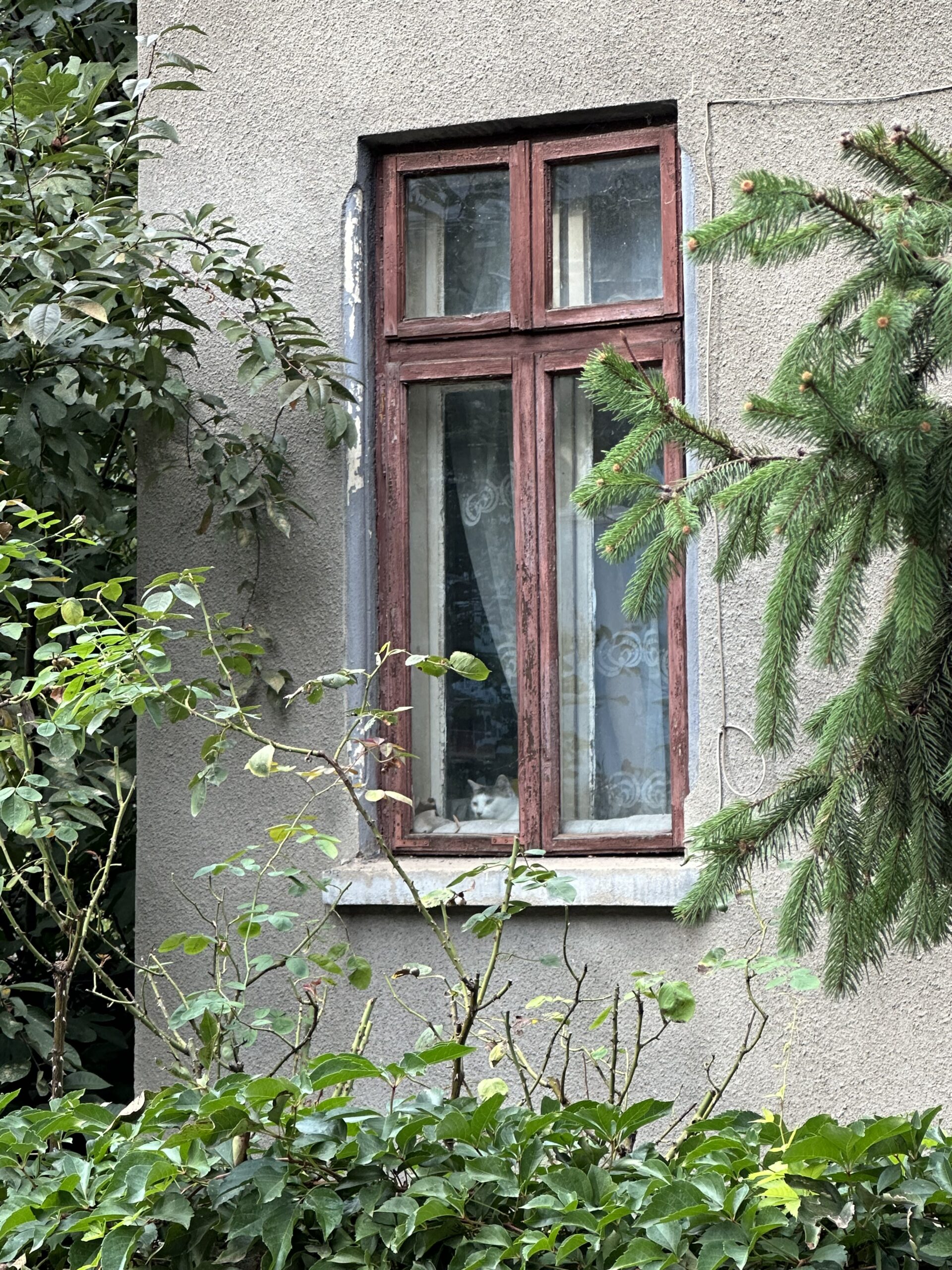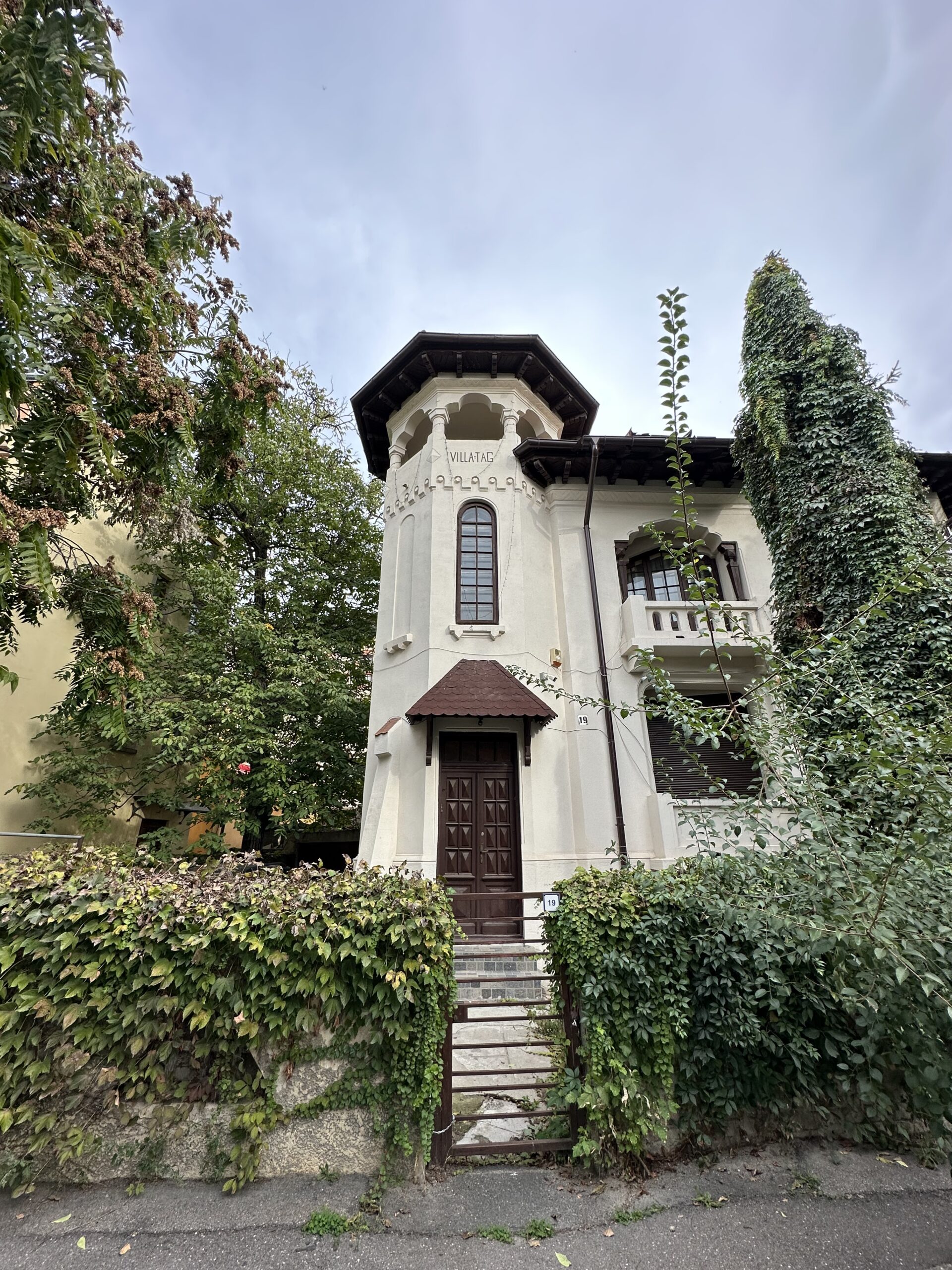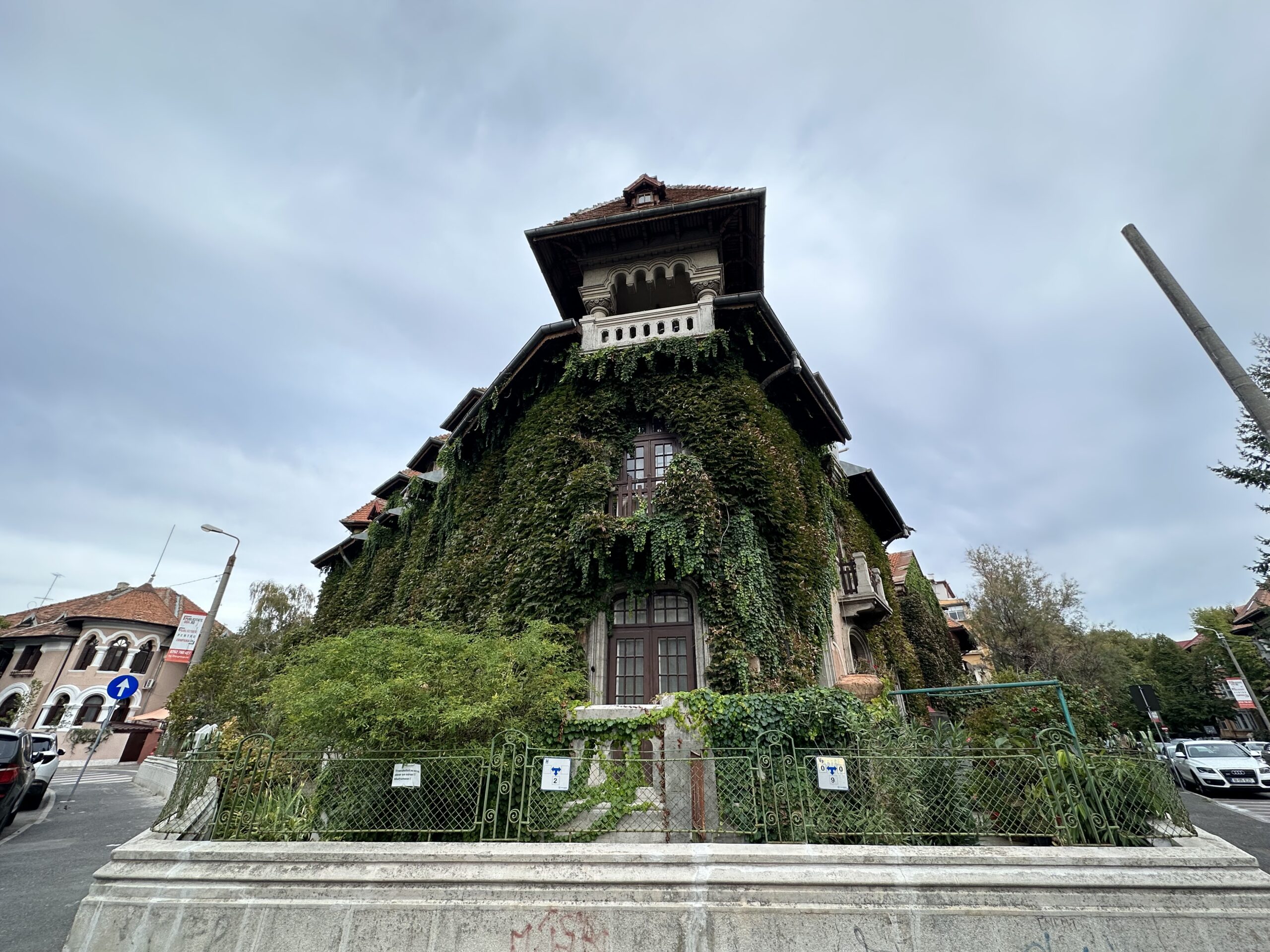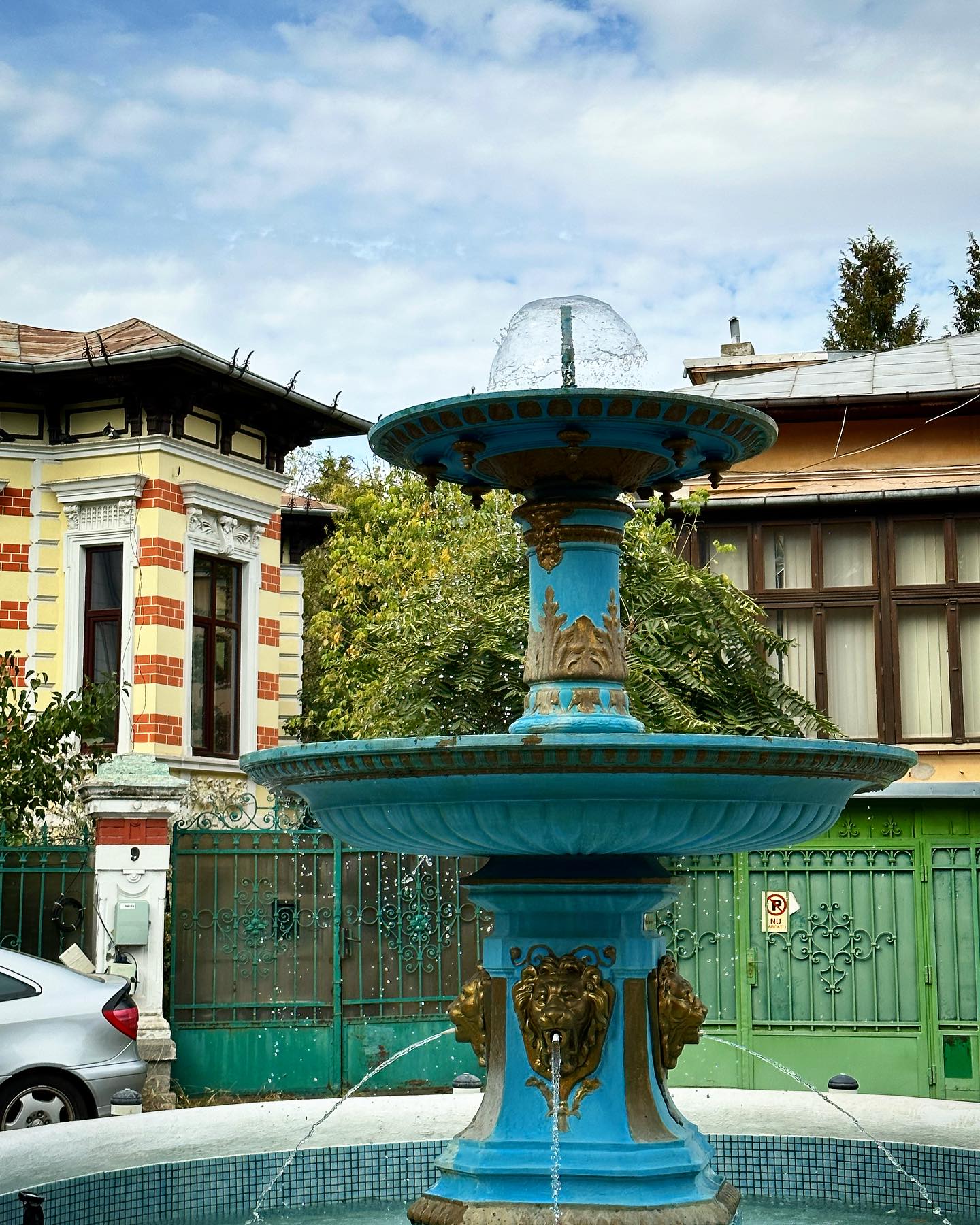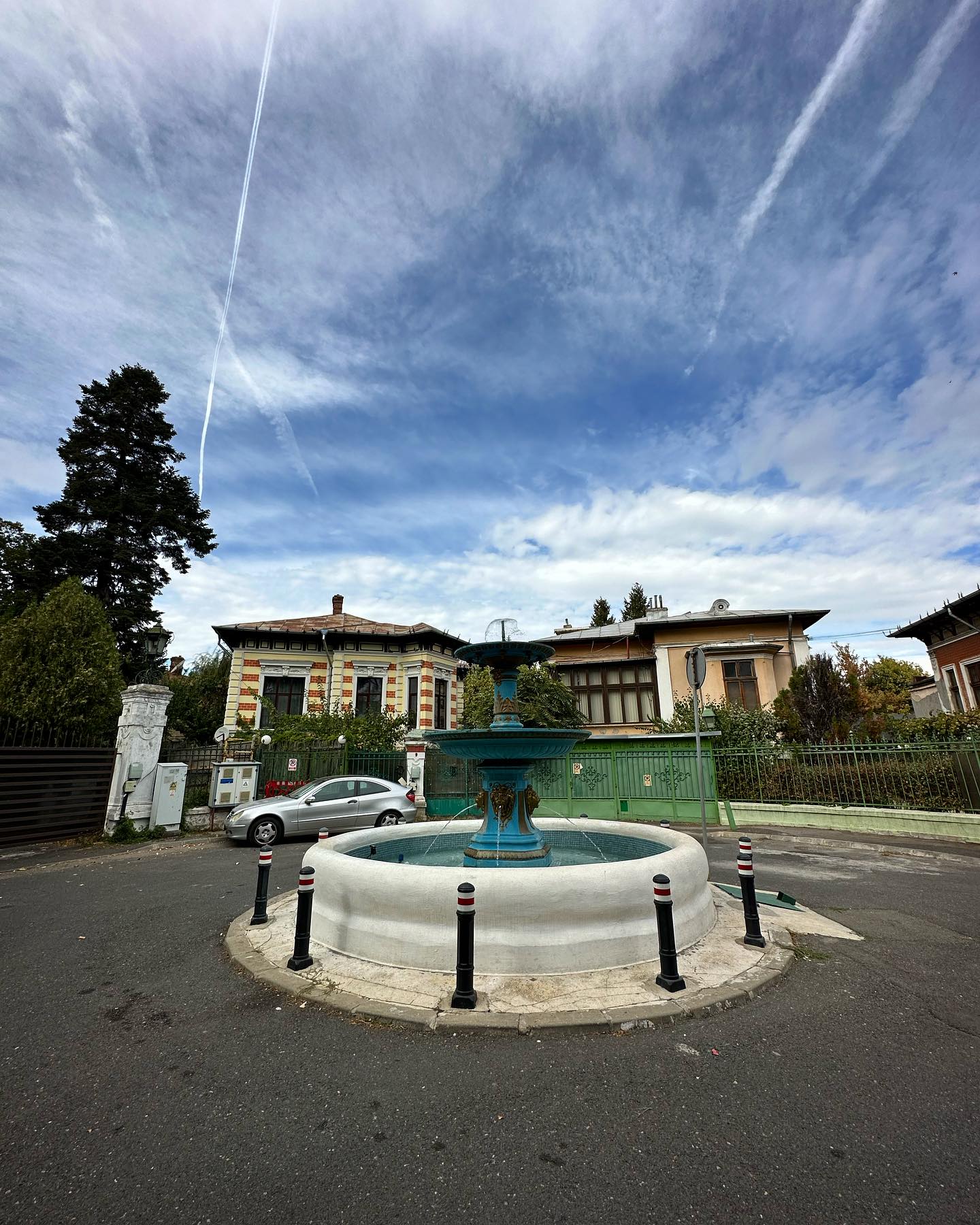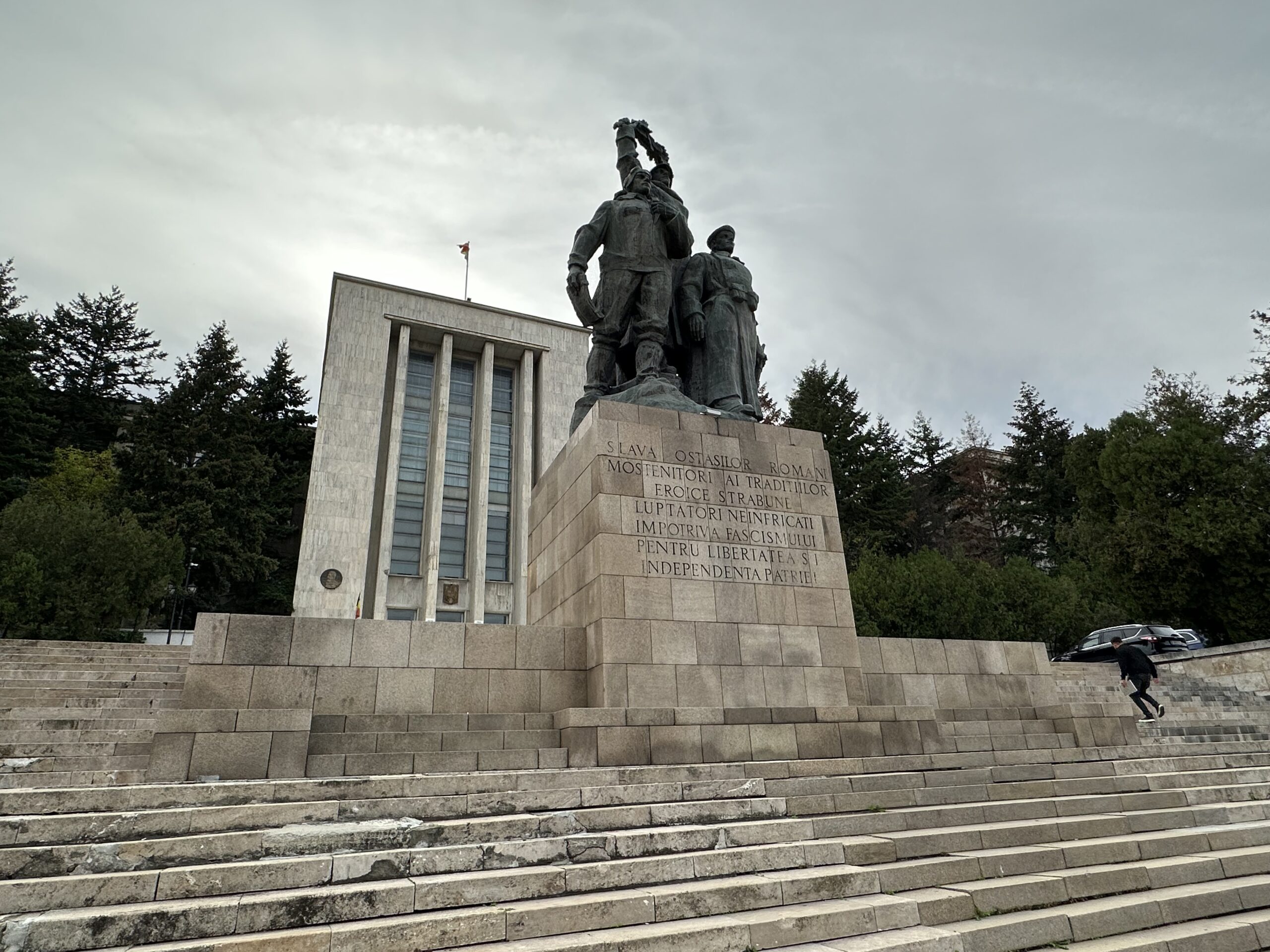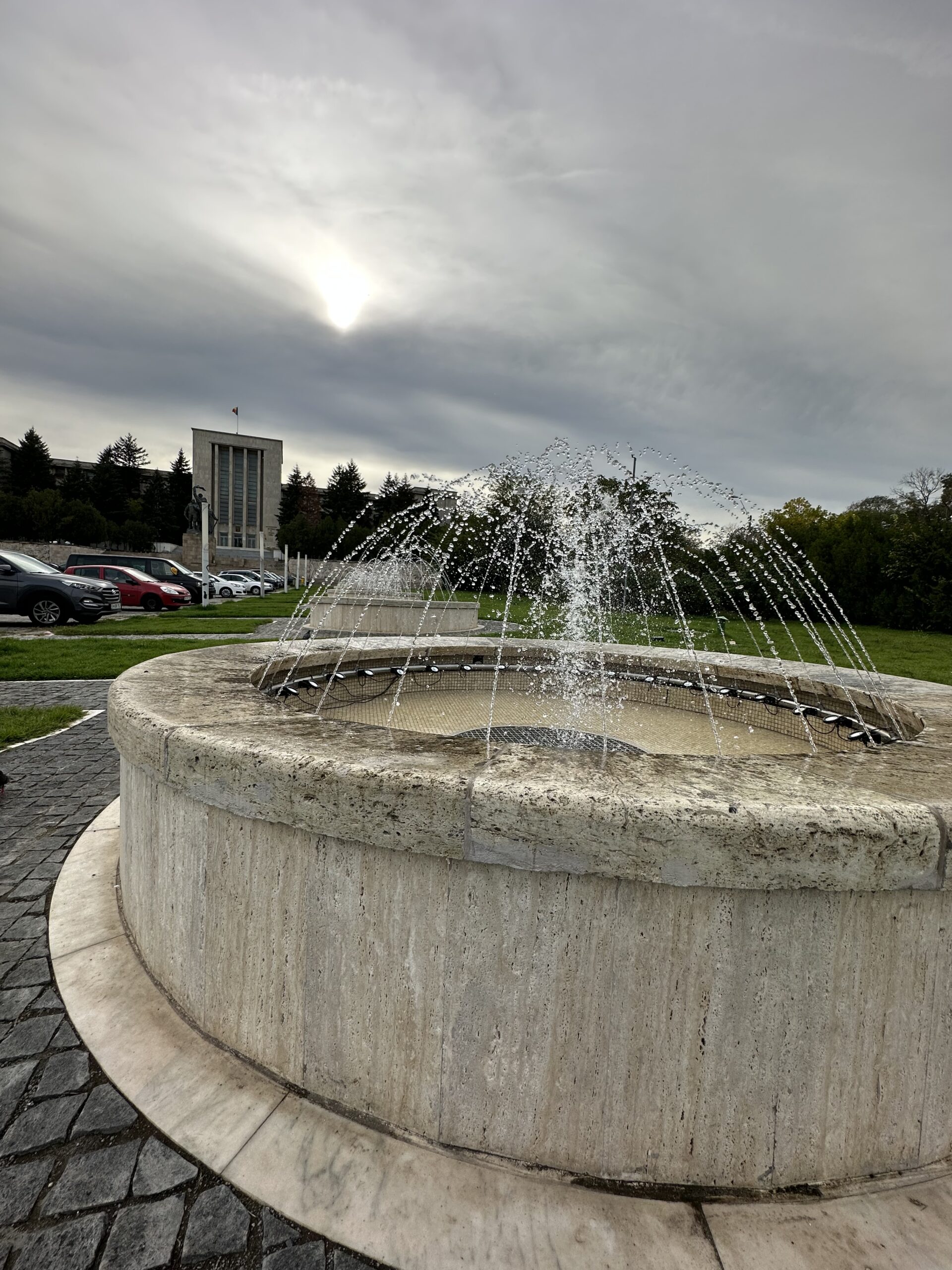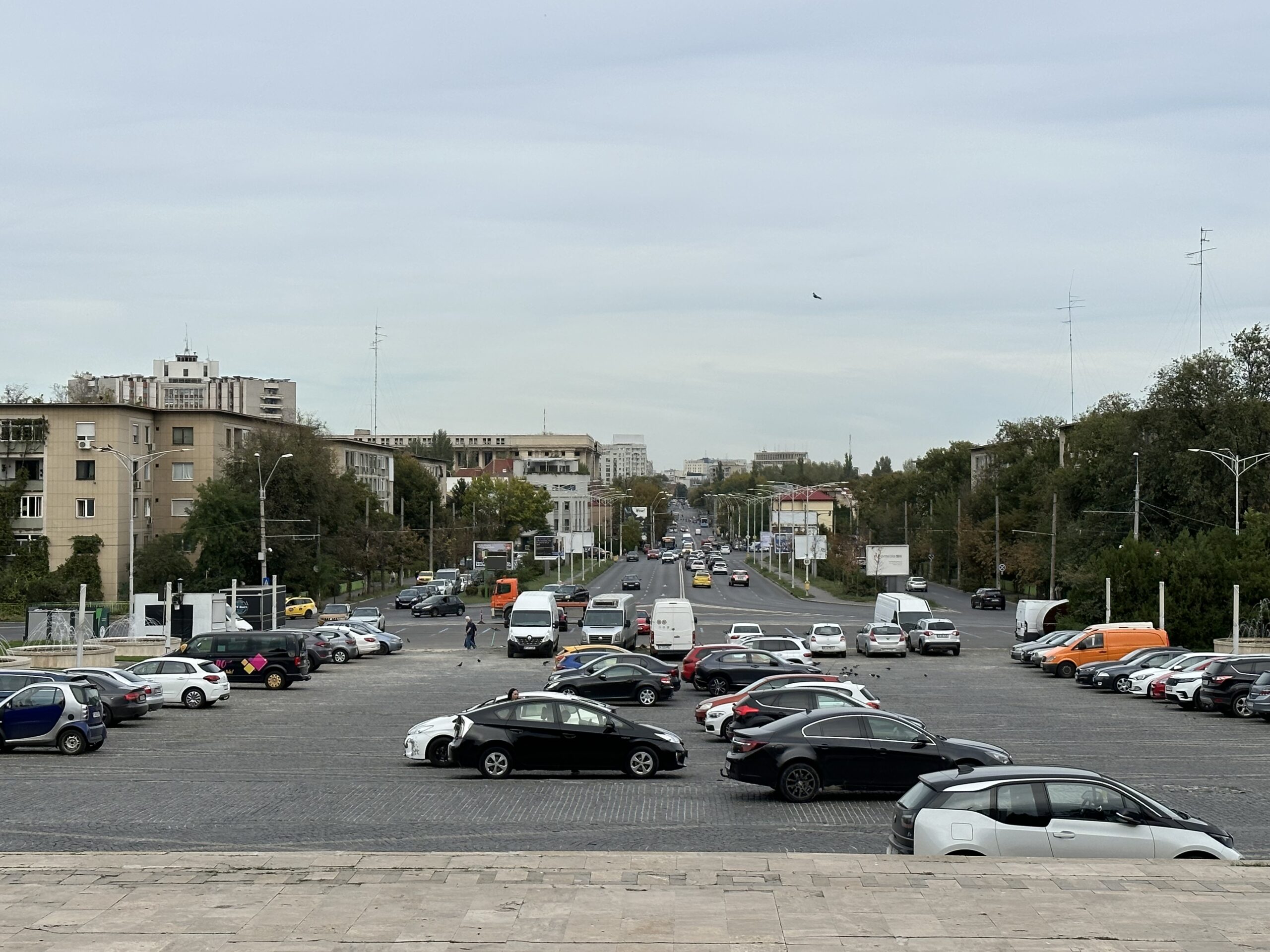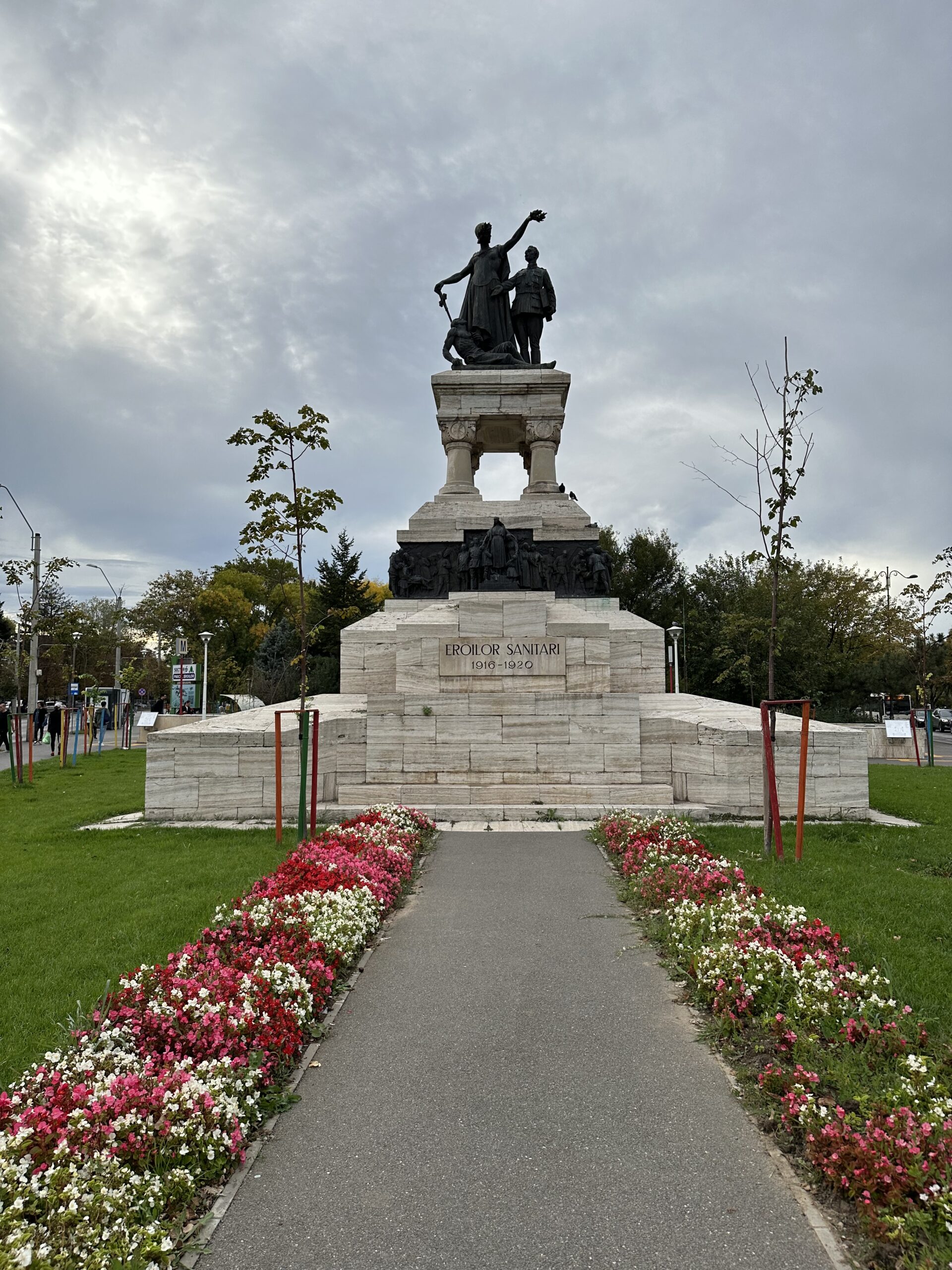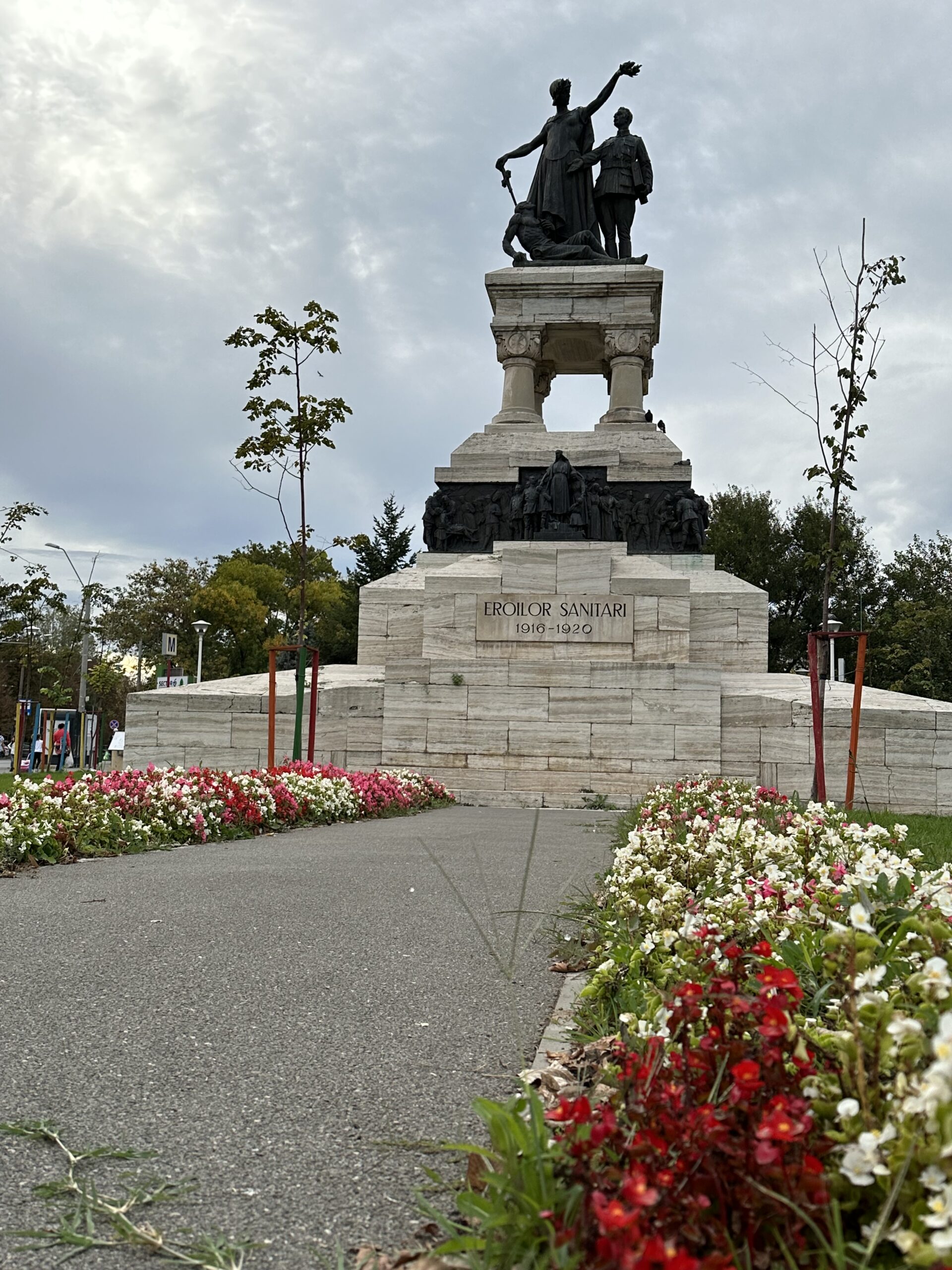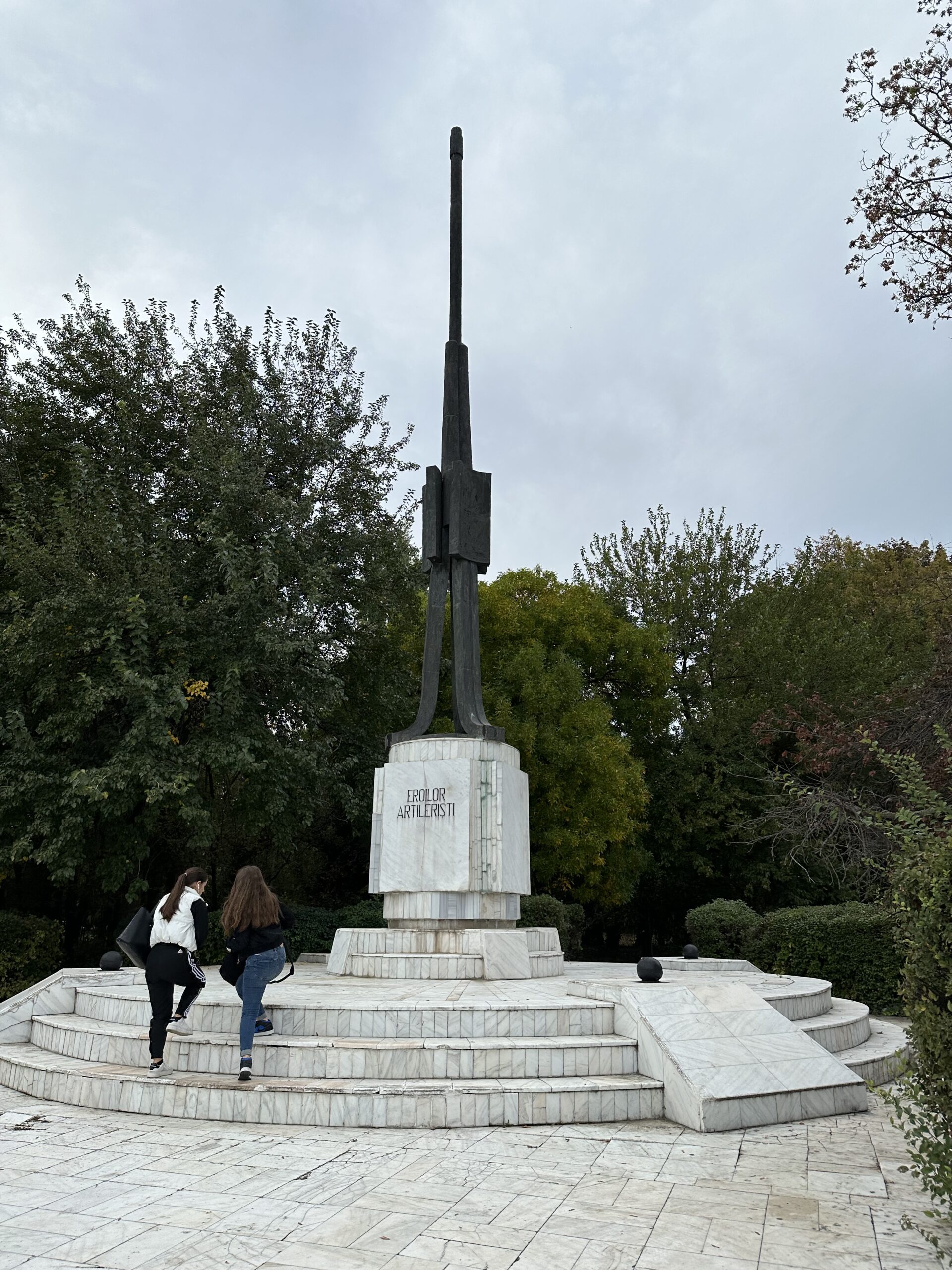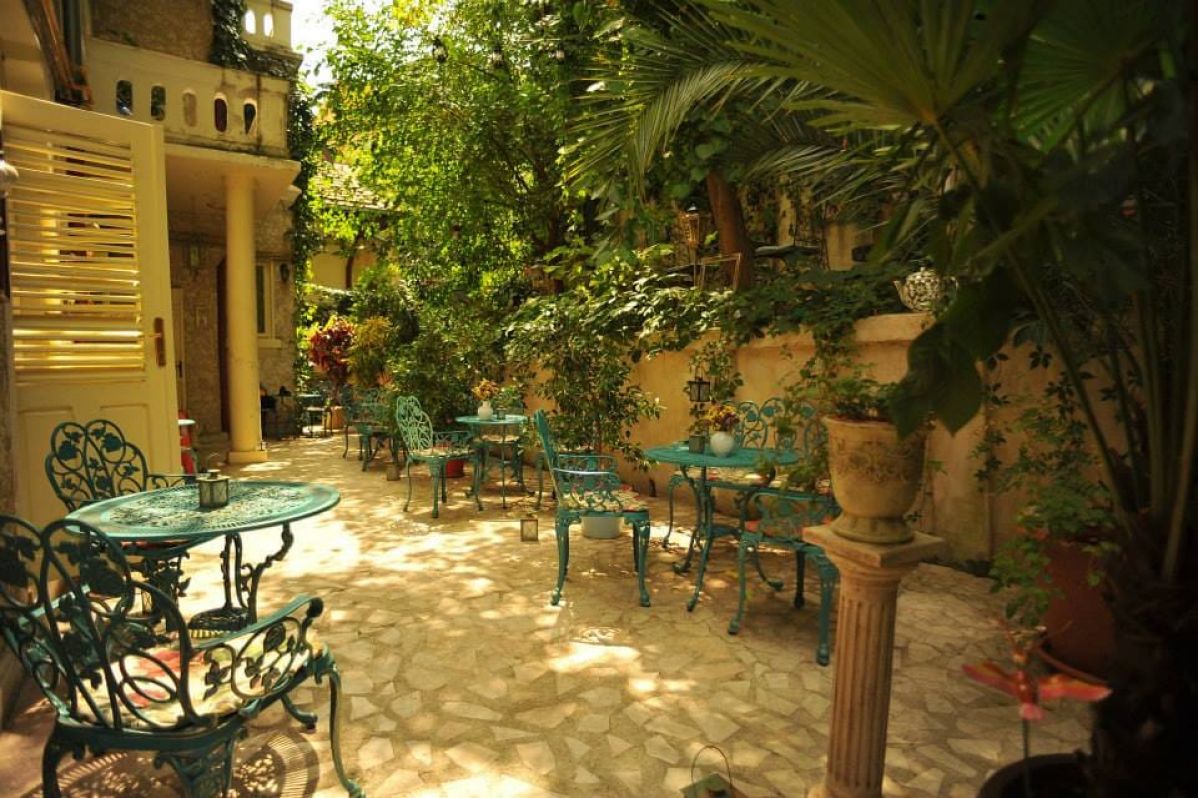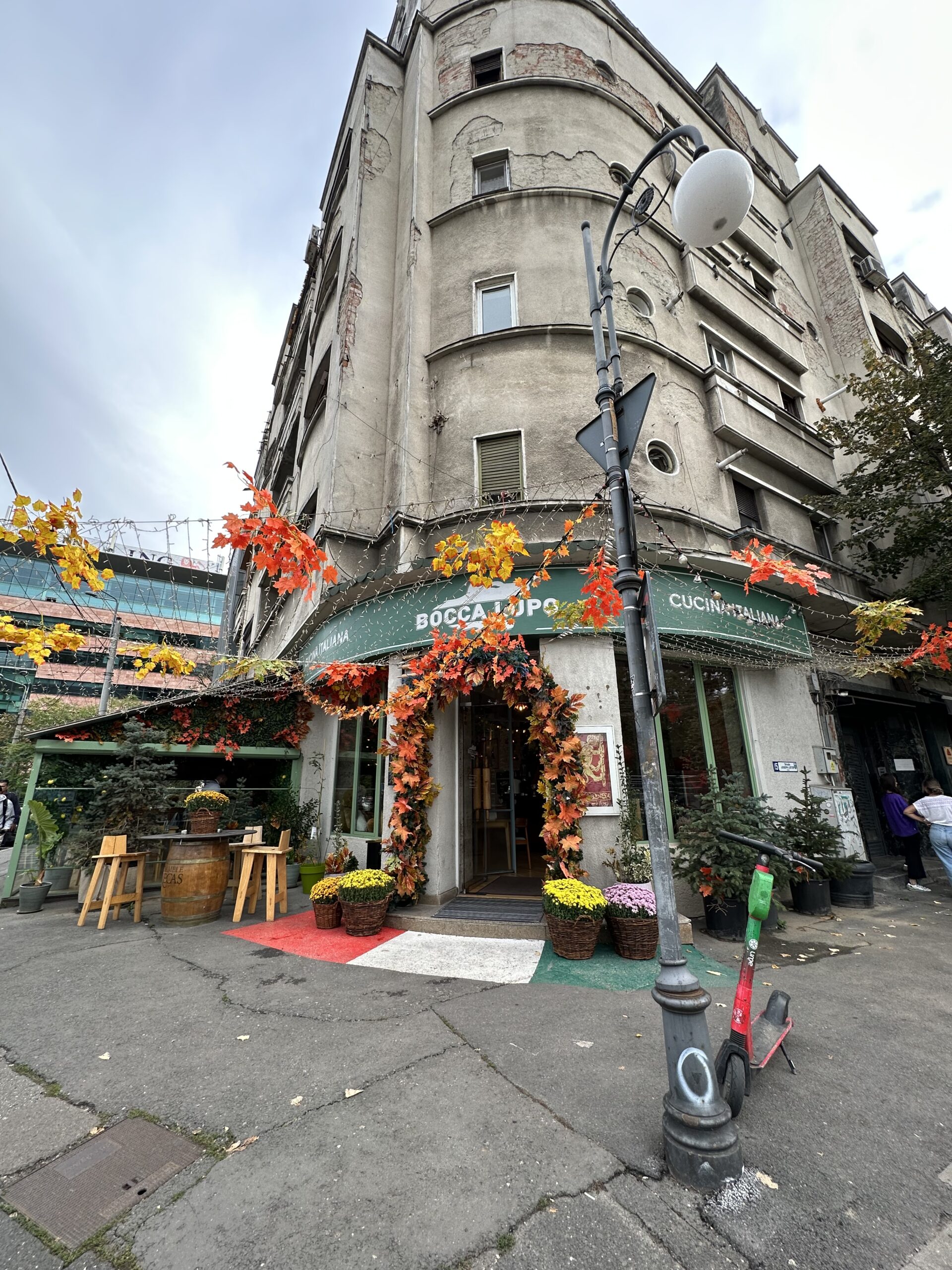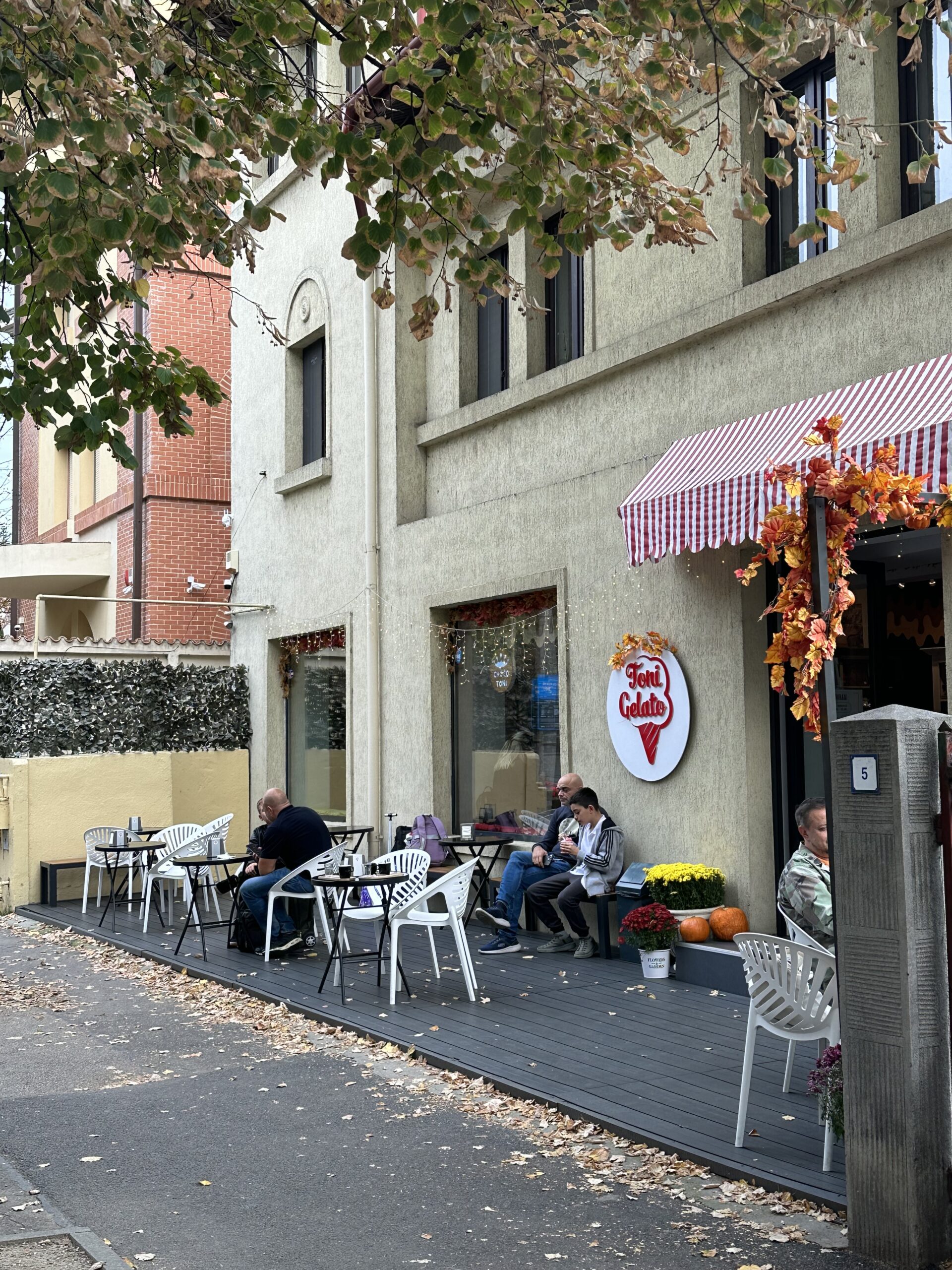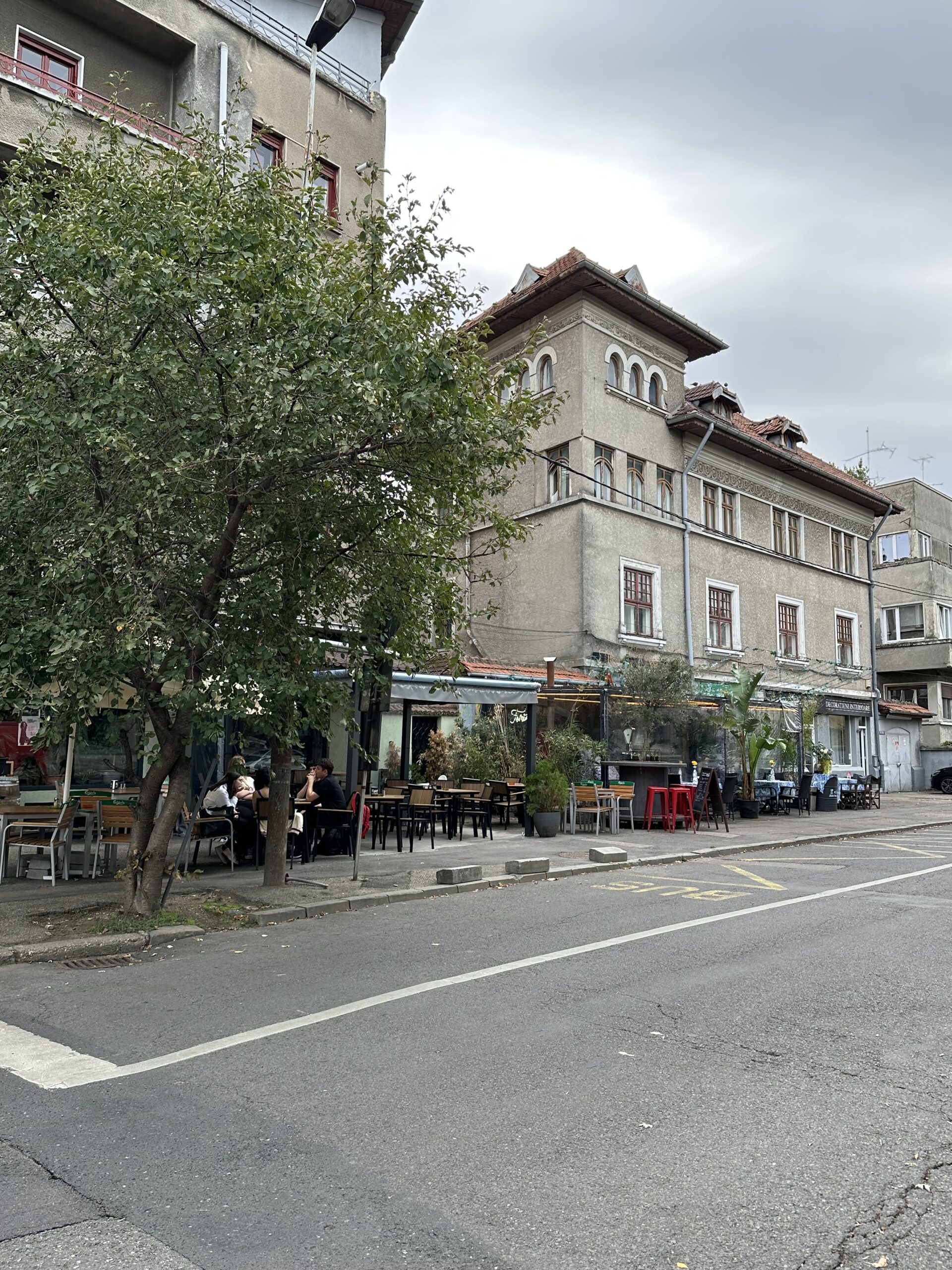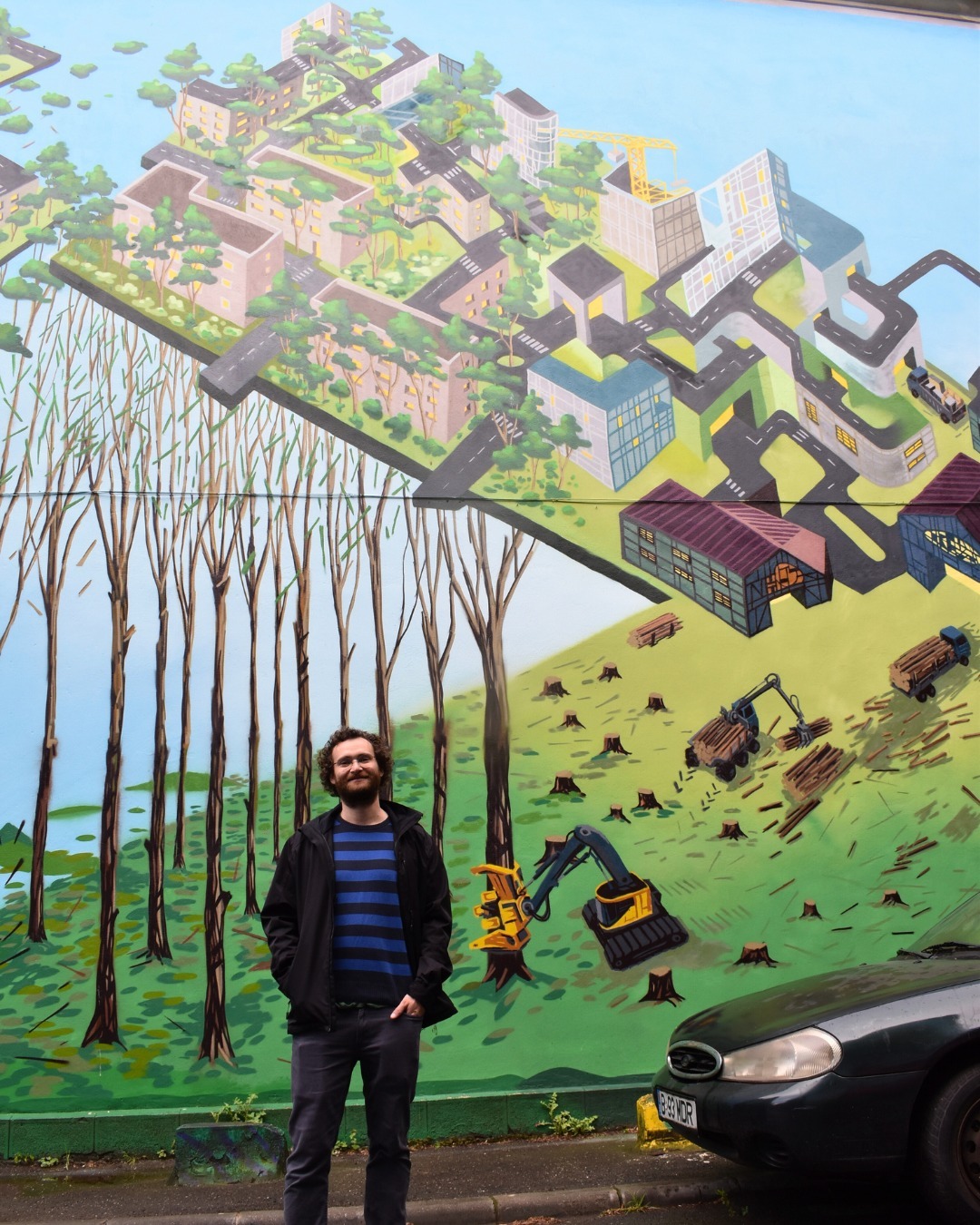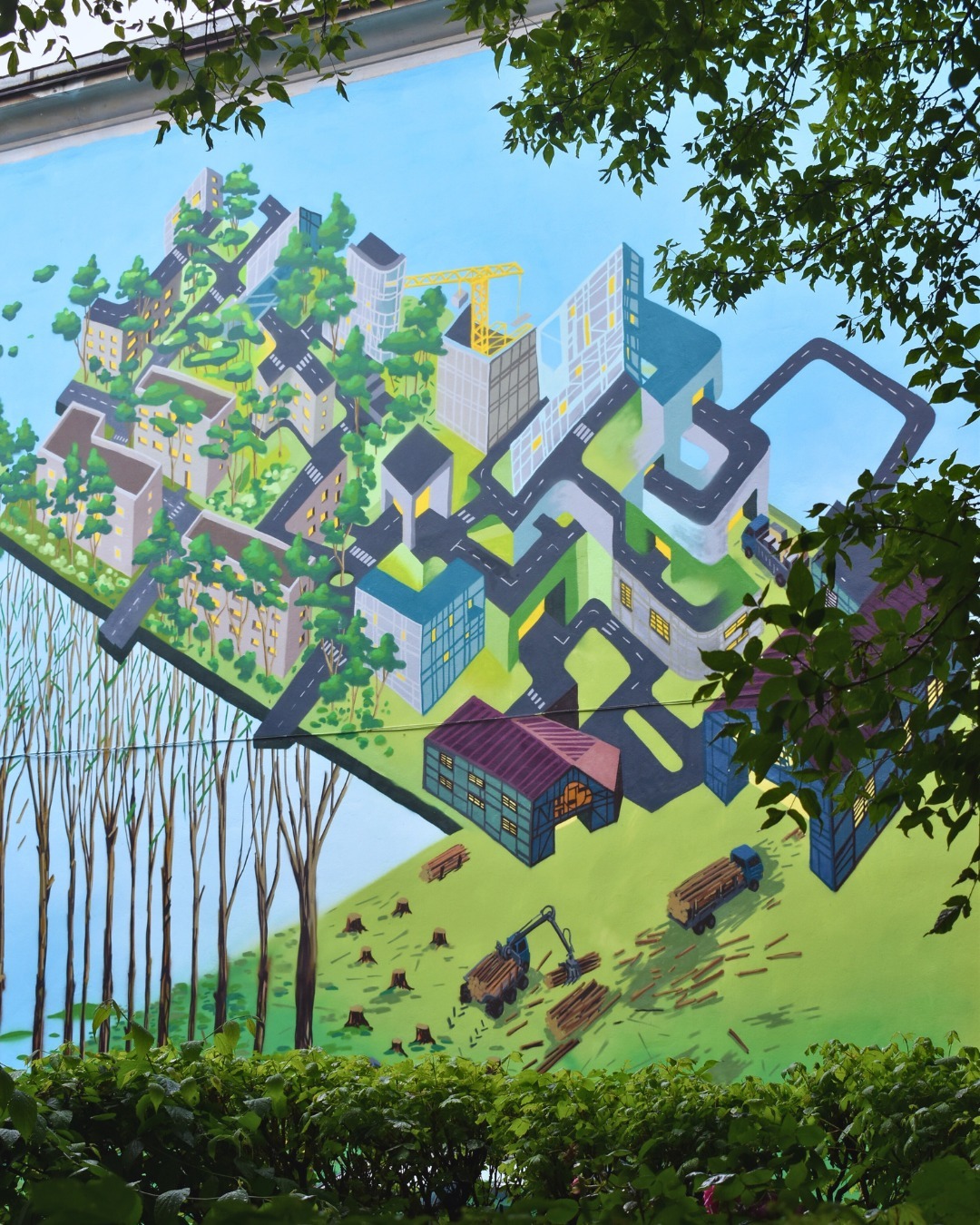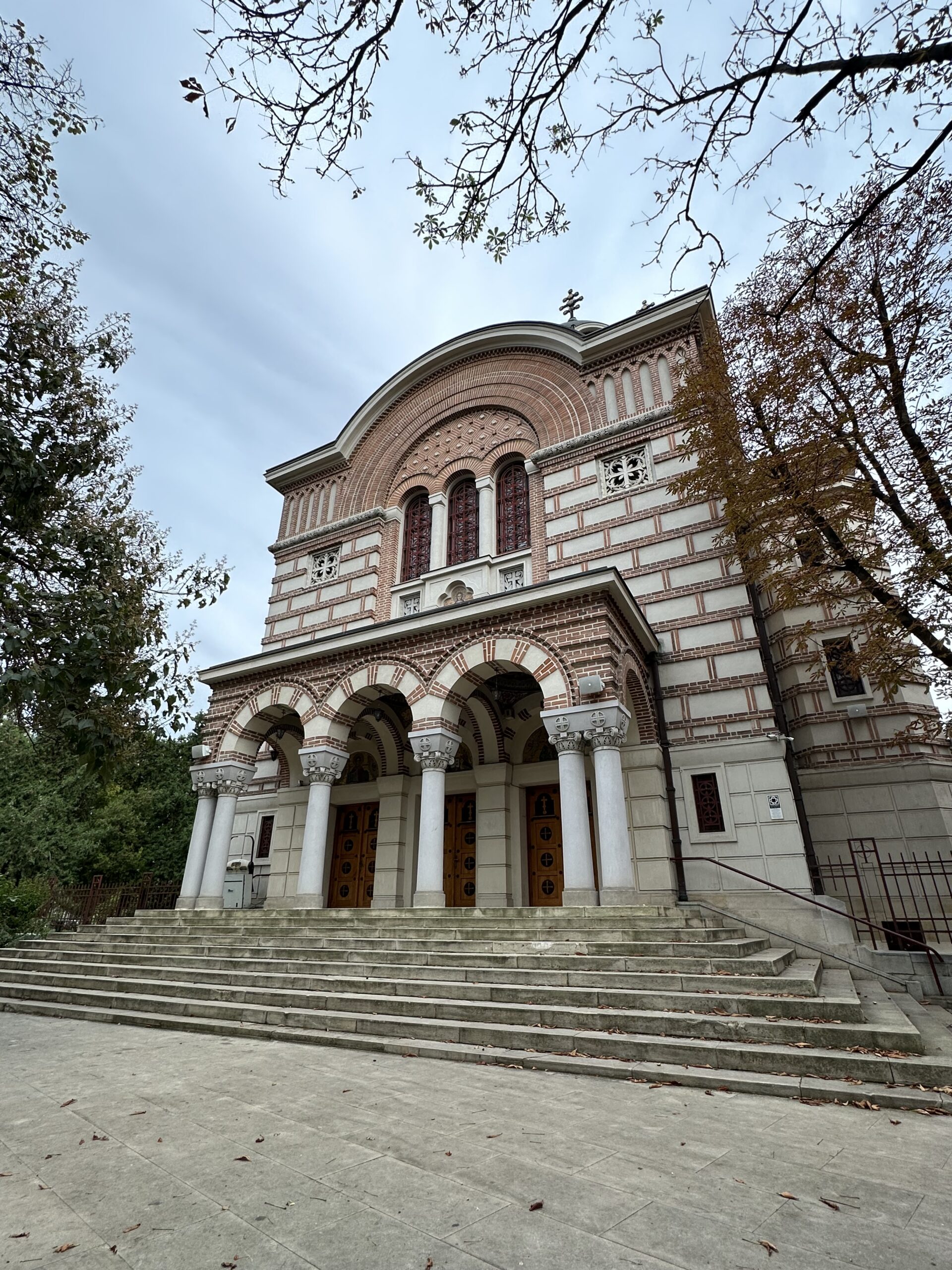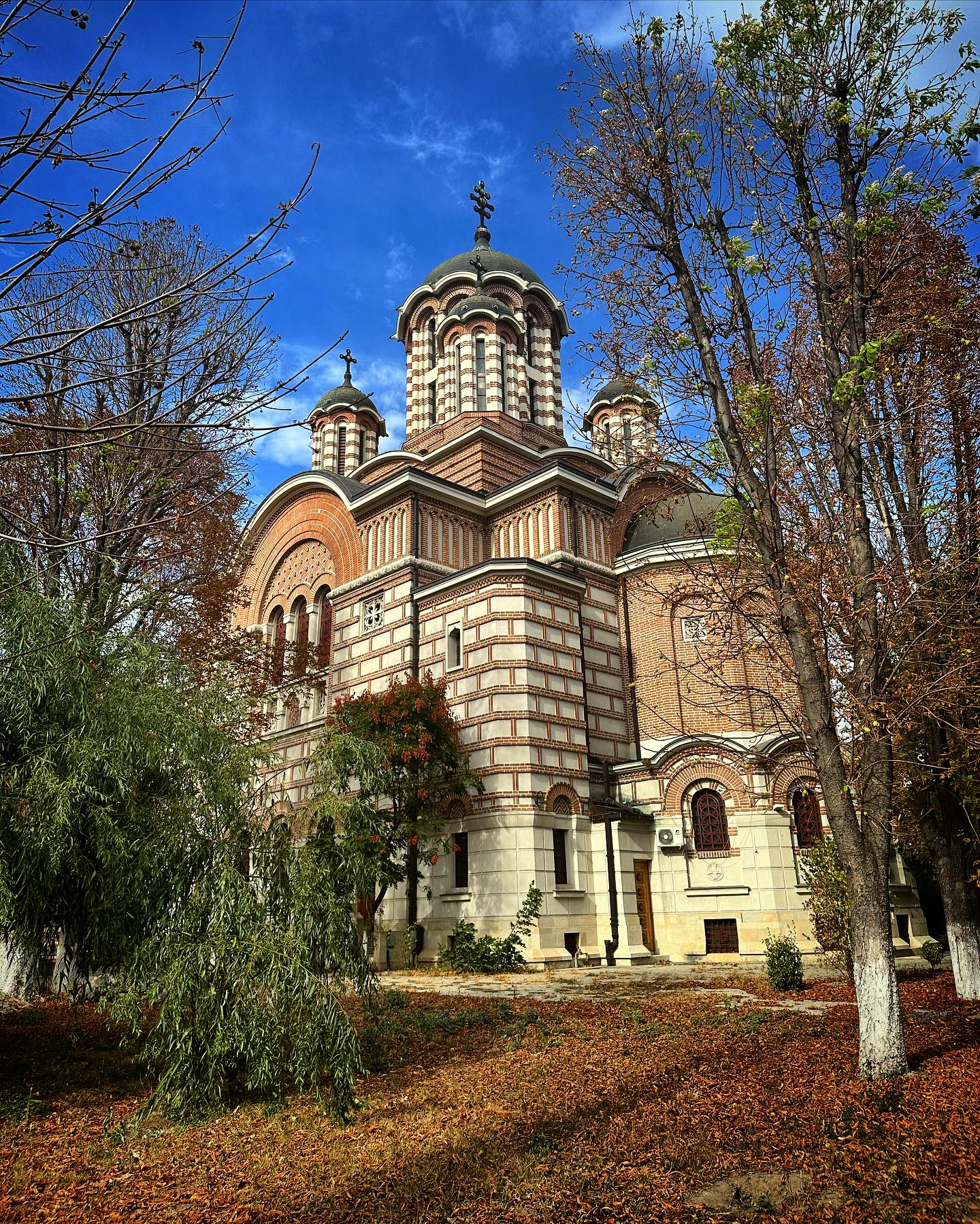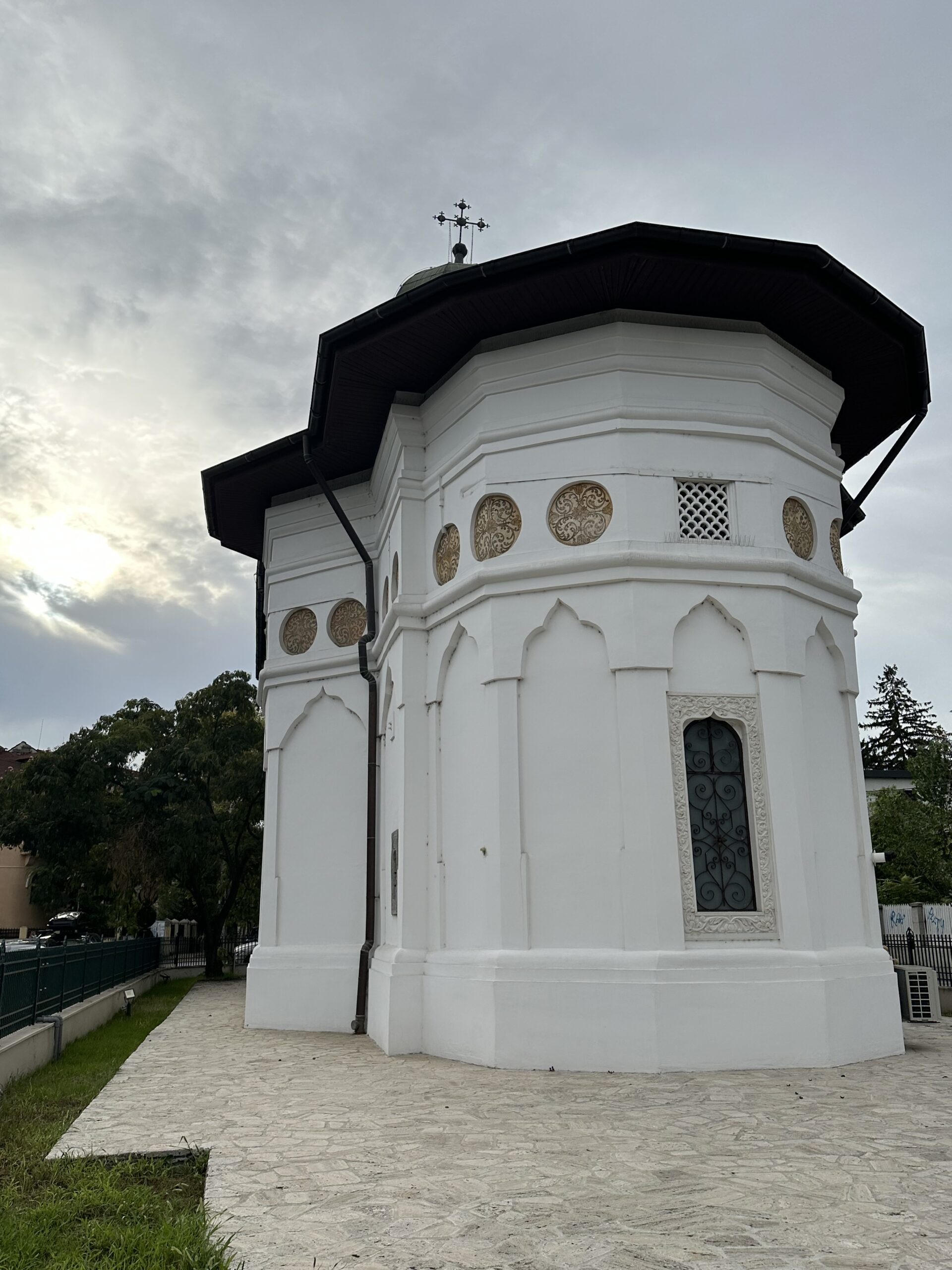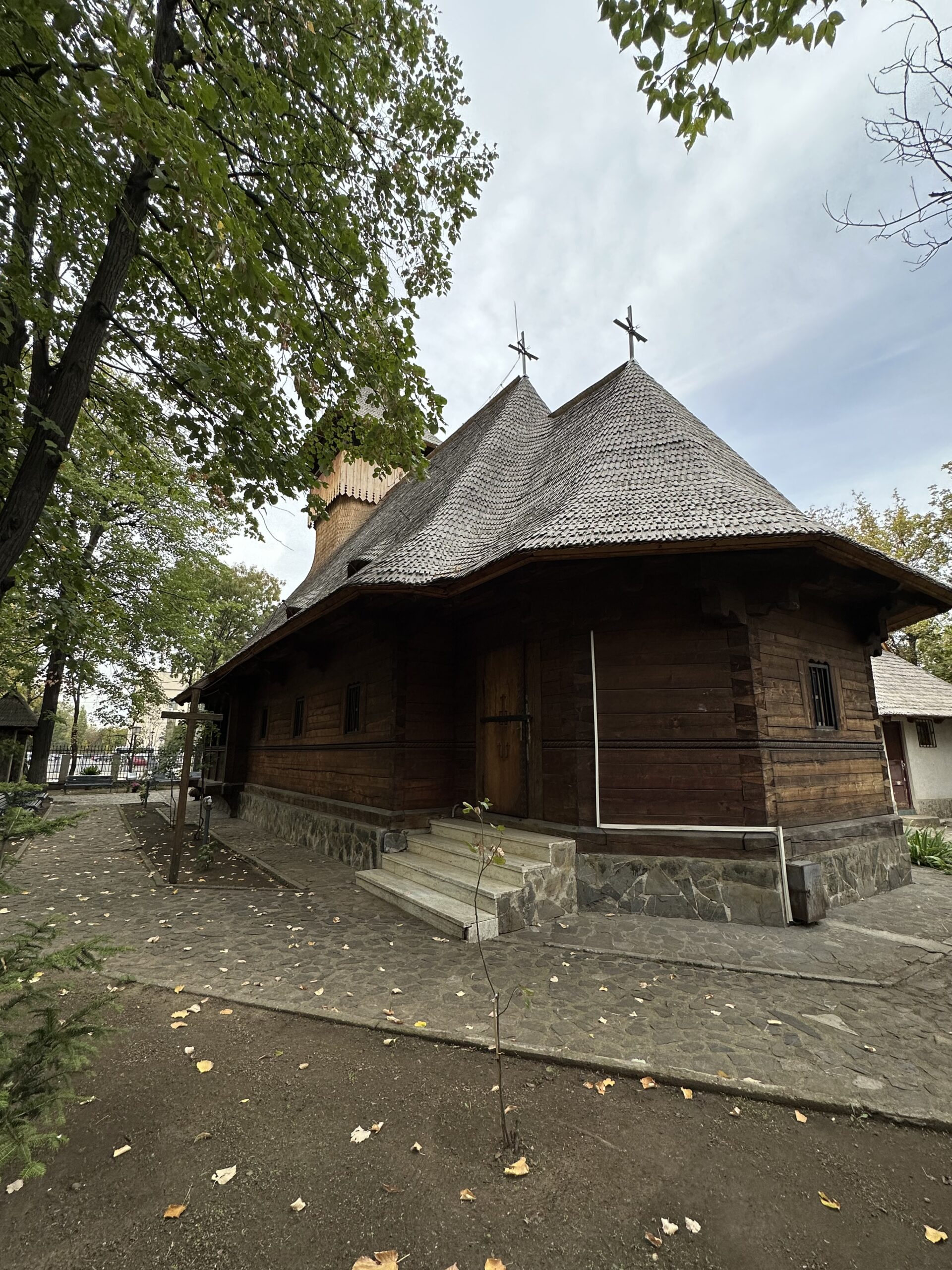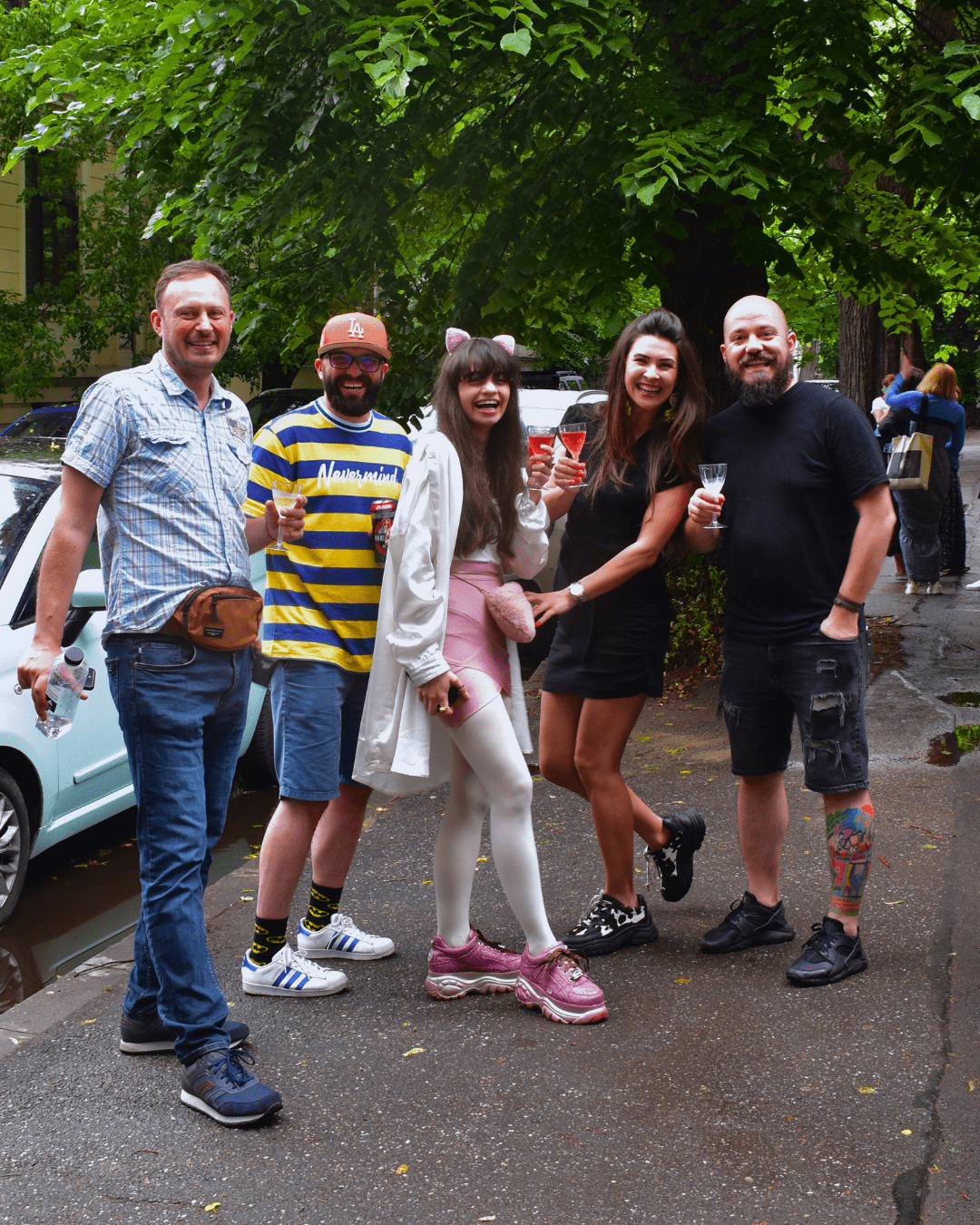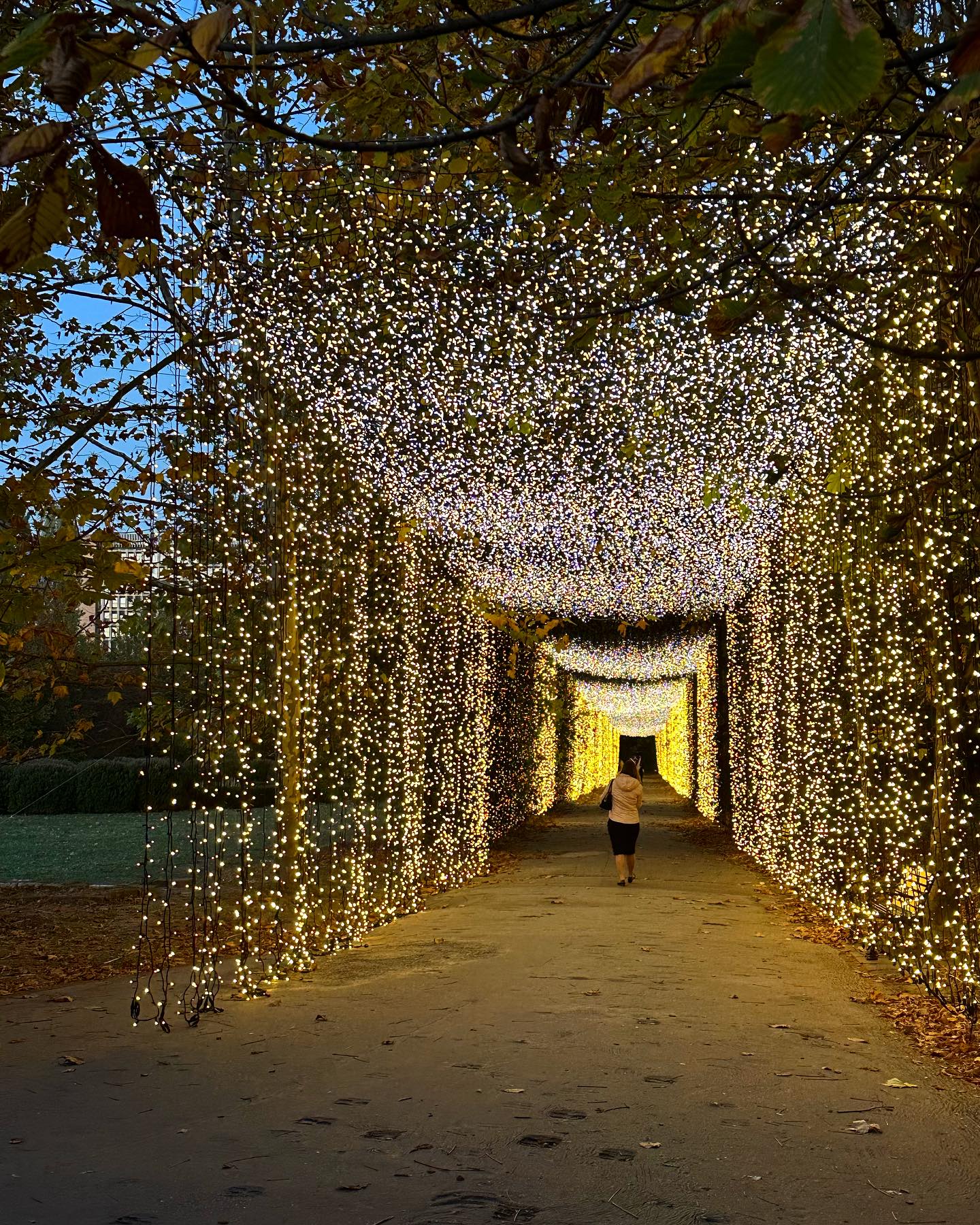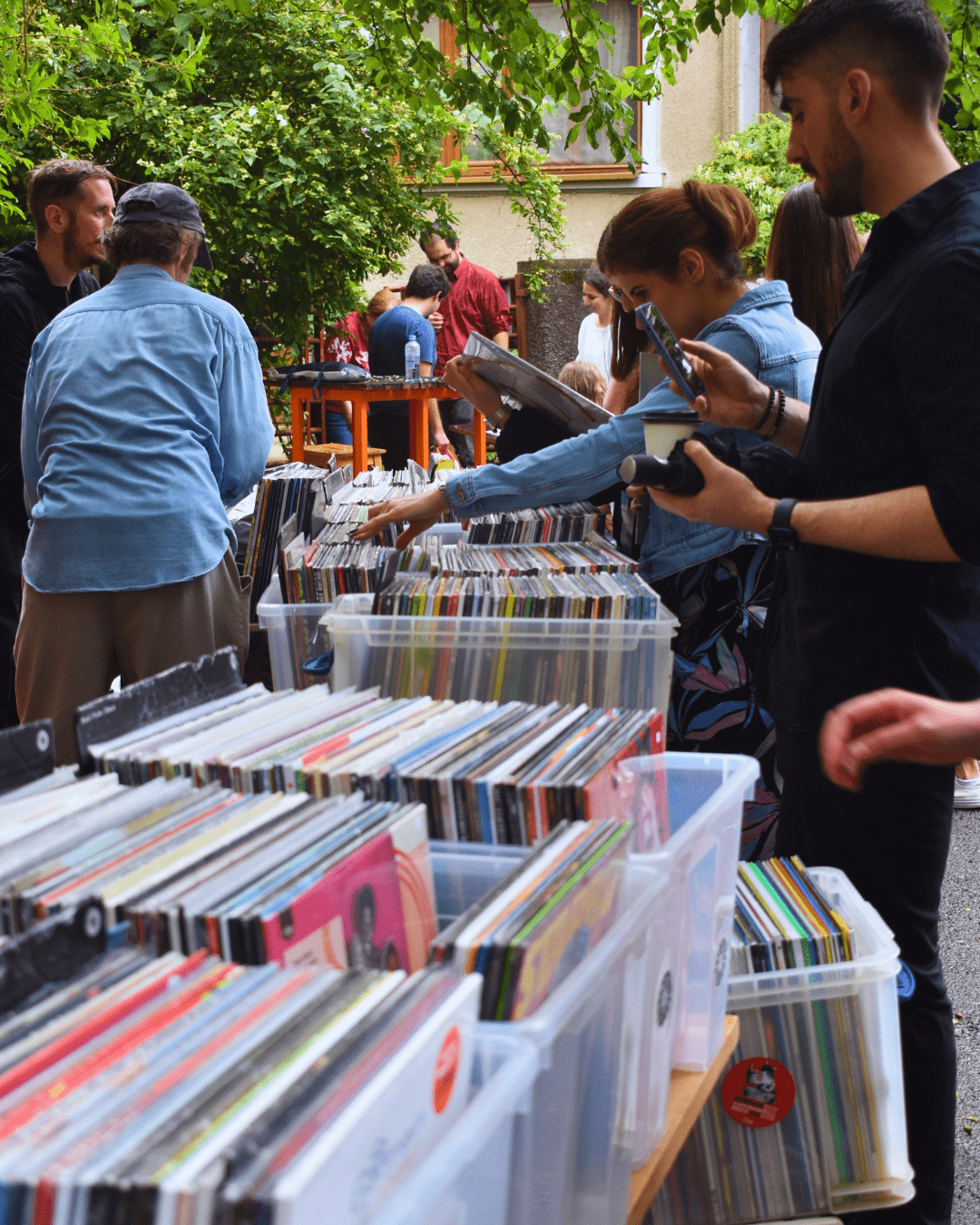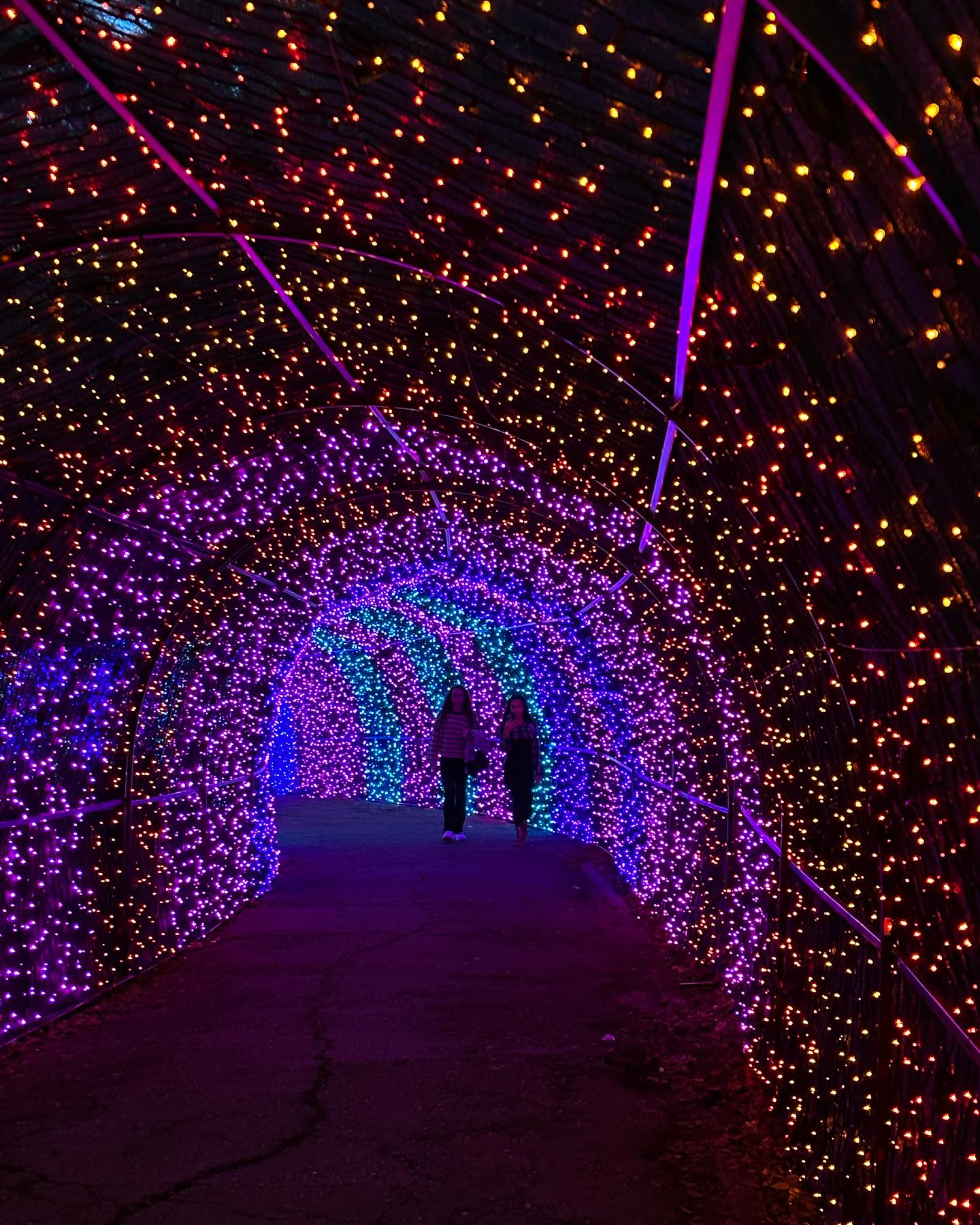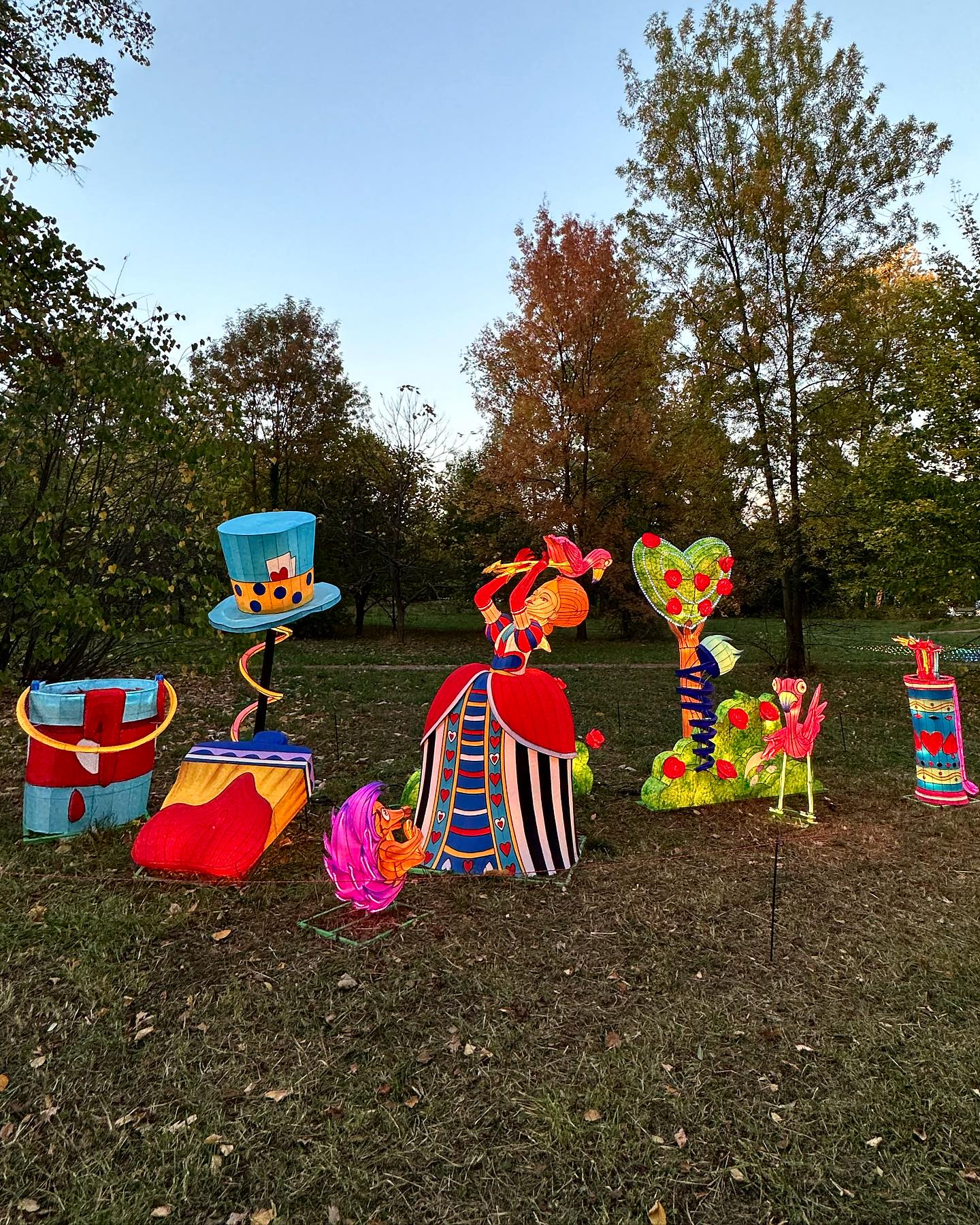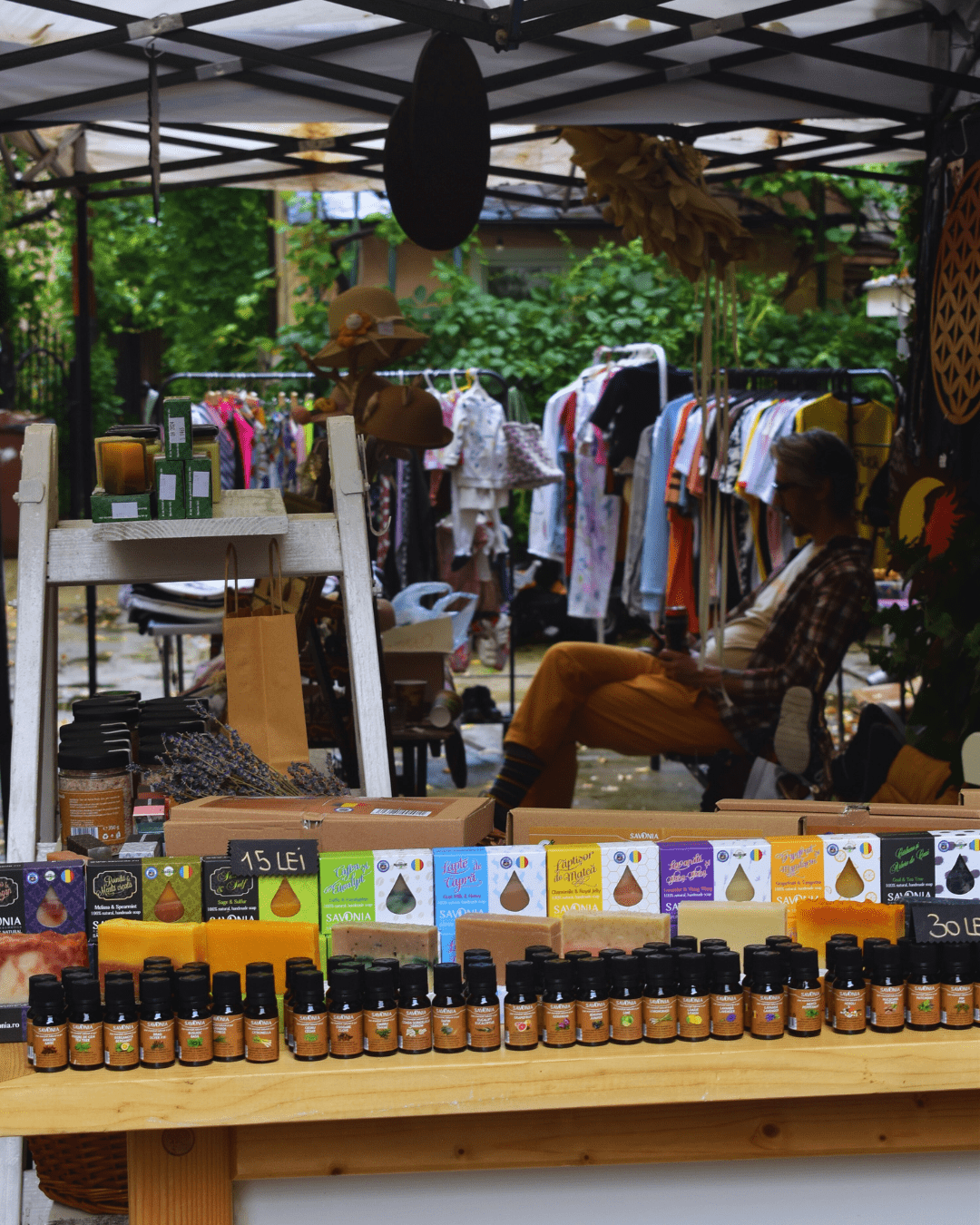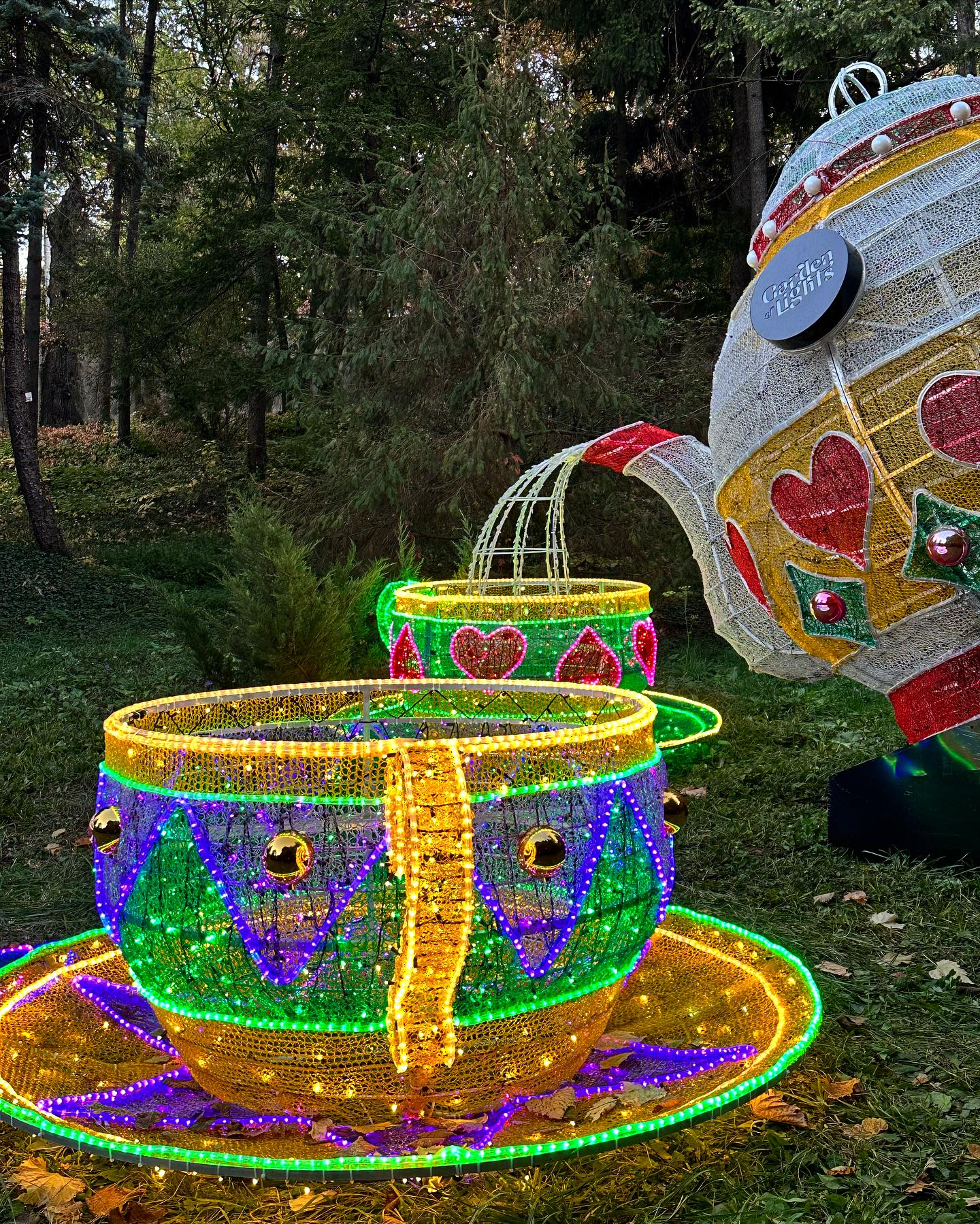Cotroceni Neighbourhood
Nestled in the heart of Bucharest, the Cotroceni neighborhood is a tranquil oasis that exudes charm, history, and elegance. Known for its beautiful architecture, rich history, and lush green spaces, Cotroceni offers visitors a taste of both traditional and modern Bucharest.
For English-speaking tourists seeking to explore this unique area, there's no better place to start than a guided tour that takes you through its key landmarks, beautiful houses, and hidden gems.
Cotroceni Neighbourhood History
The name of the Cotroceni neighborhood comes from the archaic Romanian verb "a cotroci", which means "to search (through)" or "to shelter". More than 4 centuries ago, here lay the Cotrocenilor Forest, a place frequented by robbers. Șerban Cantacuzino, who owned land on the western bank of Dâmboviţa, hid in this forest because of conflicts with ruler Duca. Later, as a sign of gratitude to the locals, he built the Cotroceni Monastery and Palace. The monastery became one of the most influential in Wallachia, being the place where the first complete translation of the Bible into Romanian was printed, "Bible from 1688".
The area attracted several notable people, which was important for Bucharest at the end of the 19th century when King Carol I built his royal residence in Cotroceni. Entitled Palatul Cotroceni, it finalized Cotroceni's status as an exclusive neighborhood, populated by intellectuals such as doctors, artists, or teachers and the most important people in the army—all the good people wanted to literally be neighbors with the King.
This neighbourhood is special because it is among the few parts of the Capital that survived untouched by the communist regime.
Cotroceni Palace
The neighbourhood's crown jewel, Cotroceni Palace, is a must-visit for any traveller. Built in the late 19th century, the palace has served various purposes over the years, from a royal residence to its current role as the official residence of the Romanian President.
The palace is also home to the National Cotroceni Museum, where visitors can explore a stunning collection of Romanian art, artefacts, and royal memorabilia. The museum offers guided tours in English, making it easy for foreign tourists to delve into the history of Romania's royal past.
Tip: The palace gardens are a perfect spot for a relaxing walk, offering splendid views of the palace and the surrounding area.
Carol Davila University of Medicine and Pharmacy
This prestigious medical University is an educational institution and a historical landmark in Cotroceni. Established in 1857, the Carol Davila University has significantly developed Romania's medical sciences. The impressive neo-classical architecture of the campus buildings adds to the charm of the area, making it an essential stop on any Cotroceni tour.
Near the location is the statue of Nicolae Paulescu, the inventor of what we know today as insulin.
Fun fact: Carol Davila, the University's namesake, pioneered modern medicine in Romania and helped establish the country's healthcare system.
Romanian Opera House
Just a short walk from Cotroceni, the Romanian Opera House, in the Opera Square, is a cultural beacon in Bucharest. Whether you're a fan of classical music, ballet, or Opera, the opera house offers year-round performances that cater to a wide range of tastes.
English-speaking tourists can enjoy a night out at the Opera, where English subtitles are available for most performances.
Insider Tip: Take a ticket to the Opera and check out the stunning interiors of the opera house, featuring ornate chandeliers and beautifully detailed balconies.
Romniceanu Park
One of the green lungs of Bucharest, Cotroceni Park, also known as Romniceanu Park, is an excellent place to unwind after a day of sightseeing. The park offers quiet paths for leisurely strolls, and you'll often find locals enjoying a peaceful afternoon.
With its proximity to Carol Defence Military University, the park is an ideal stop for those looking to enjoy nature in the middle of the city.
What to look out for: The beautiful fountains and the old trees provide a perfect backdrop for photos.
Stairs of Happiness

The Stairs of Happiness are the steps adjacent to Dr. Grigore Romniceanu Street, which connect the Cotroceni neighborhood (more precisely, its southern part) with Dr. Romniceanu and Dr. Lister streets.
The history of the Stairs of Happiness begins about a century ago, around the 1920s, when the Cotroceni neighborhood was not yet the same as it is today, and the imposing villas of today began to appear here instead of the old houses in the heart of the Cotroceni Monastery (which was on the place where we now find the Cotroceni Palace). The stairs have resisted brilliantly over the years, being a project made with small stone steps delimited by metal elements to make them more resistant to wear. At the same time, the stairs offered a Parisian air to the area thanks to the metal fence decorated with specific motifs in the middle of them.
An interesting aspect about these steps is that they are built in the cornice of Dâmbovița, so the stairs are made in the steep and inclined slope that represents the extensive bed of the river that runs through the Capital, this being also the clear proof that almost the entire Cotroceni neighborhood is in the Dambovita "valley".
Eroilor Park
Eroilor Park is not the size of Cişmigiu but rather a tiny oasis with grass and trees near the Eroilor metro station.
It is located near the Opera House, the Elefterie Church, the Cotroceni area, the Bucharest University Emergency Hospital, near the Dâmboviţa course.
Bucharest Botanical Garden
Tucked away in Cotroceni, the Bucharest Botanical Garden is a haven for nature lovers. Established in 1860, the garden boasts over 10,000 plant species from all over the world.
The serene greenhouses and walking paths make this a perfect escape from the hustle and bustle of the city. The garden also hosts educational exhibitions on botany, ecology, and conservation, many available in English.
Travel Tip: Visit in the spring or autumn when the colours are most vibrant, offering a picture-perfect view of the seasonal blooms. Also, check the greenhouse, where the famous Netflix series Wednesday scenes were filmed.
Stunning Architecture and Historic Homes
Cotroceni is renowned for its architectural beauty, with historic houses lining the streets. As you stroll through the neighbourhood, you'll notice influences from Neo-Romanian, Art Nouveau, and Baroque architectural styles.
Many homes date back to the early 20th century, built by the Romanian elite who sought a peaceful retreat from the city centre.
The streets of Dr. Louis Pasteur and Dr. Nicolae Staicovici are particularly notable for their beautiful facades and ornate details.
Best Street for Photos: Take a walk along Strada Doctor Lister and Strada Alexandru Vitzu to see some of the most picturesque homes in Cotroceni.
Costache Negri Fountain
The fountain is located in a terminal roundabout of the Costache Negri Entrance as a decorative element between the houses that make up this "dead end". At the entrance are two symmetrical buildings with a tower each (Vila Ecaterina and Villa Eugenia), and at the end is the roundabout with the decorative fountain; in the background rises the house of Francois Rignault, the owner of the land. In total, 11 houses belong to this "dead end", two-story buildings, particularly ornate.
Costache Negri's artesian fountain is made of cast iron. It has a central pillar and two water collectors of different sizes. Toward the base, the pillar is decorated with four heads of lions, from the mouths of which water pipes come out. It is a picturesque and quiet place in the Cotroceni district.
Carol I National Defence University
Located in the prestigious Cotroceni district of Bucharest, the Carol I National Defence University (Universitatea Națională de Apărare "Carol I") is Romania's leading institution for military education and strategic studies. This University, steeped in history and tradition, plays a crucial role in shaping Romania's military leadership, offering advanced training to officers in the Romanian Armed Forces and civilian defence specialists.
Founded in 1889, the University was established by royal decree under King Carol I, Romania's first monarch and a key figure in modernizing the country's military forces.
The University is named in honour of King Carol I, symbolizing Romania's fight for independence and national unity. His legacy is deeply embedded in the institution's values, emphasizing honour, patriotism, and academic excellence.
Tip: Take a walk to the statue in front of the University, and you can take a picture of the neighbourhood. From there, only cross the street to Romniceanu Park and the beautiful streets of Cotroceni.
The Monument of Sanitary Heroes
The Eroilor Sanitari monument, a work of the Italian sculptor Raffaello Romanelli, is located in Bucharest's Opera Square, at the intersection of Independence Square and Eroilor Sanitari Boulevard.
The Monument to the Sanitary Heroes was erected in 1932 and is dedicated to the memory of the doctors, paramedics, and volunteer nurses who saved lives on the fronts of the First World War.
Artillery Heroes Monument
The Artillery Heroes Monument from Bucharest, made by the sculptor Teodor Zamfirescu, from the Army Fine Arts Studio, is located on Bulevardul Eroilor Sanitari, at the intersection with Bulevardul Eroilor.
It was raised at the initiative of the Artillery Command, on the occasion of the 150th anniversary of its establishment, being inaugurated on November 10, 1993, on Romanian Artillery Day. It is made of bronze and represents a stylized cannon with the barrel raised to the sky at an angle of 90 degrees.
Local Cafés and Restaurants
Cotroceni is not just about history and architecture; it also has a thriving café culture. You'll find a range of cosy cafés, bistros, and restaurants offering traditional Romanian and international cuisine. English menus are widely available, making it easy for foreign tourists to indulge in some of the local flavours. Infinitea, Incotro, and Nine Bar are local Coffee and Tea Houses' favourites, but we should also recommend YOYO, a hidden gem on the quiet street of Cotroceni, especially for those passionate about sweets and home bakery made with fresh products.
Food Tip: In Cotroceni, just near YOYO, there is the famous Wish Tree, where you will notice locals and foreign tourists leave their wishes, hoping they'll come true. Legend says you have additional chances if you actually get here 😊
Explore Cotroceni's Street Art
While Cotroceni is best known for its historic architecture, it's also home to a budding street art scene. As you explore the area, keep your eyes peeled for vibrant murals and creative street installations. Local artists have transformed some of the neighbourhood's walls into colourful works of art that add a modern twist to Cotroceni's classical charm.
Churches and Chapels
Cotroceni is also home to several charming, lesser-known churches perfect for a quiet moment of reflection. The Saint Elefterie Church, with its beautiful frescoes and peaceful atmosphere, is a hidden gem in the neighbourhood.
It offers a serene break from the bustling city, and English-speaking visitors are always welcome to step inside and admire the artistry.
Cotroceni may not be as widely known or visited as other areas of Bucharest, especially by the English speaking tourists. Still, it offers a unique blend of history, architecture, culture, and nature, making it a fantastic destination for tourists looking to experience the city off the beaten path.
With its stunning landmarks, beautiful homes, and serene green spaces, Cotroceni is a must-visit for anyone seeking to explore Bucharest's more refined and elegant side.
Cotroceni Neighbourhood Events
Cotroceni is a vibrant neighborhood in Bucharest known for its blend of history, culture, and community spirit. The area hosts various events throughout the year that unite locals and visitors.
One of the most popular events is the "Bazar de Cotroceni," a community-driven flea market where residents sell vintage items, handmade crafts, and delicious homemade treats.
Another highlight is "Sounds of Cotroceni," a music festival that fills the streets with live performances from local artists, creating a lively and festive atmosphere.
In Eroilor Park, regular fairs and markets offer everything from artisanal products to fresh food, creating a lively weekend destination for families and friends.
Additionally, during the holiday season, the "Garden of Lights" event transforms the Botanical Garden into a magical display of illuminated sculptures and installations, providing a serene yet enchanting experience for all ages.
These events reflect the strong sense of community in Cotroceni and showcase the area's commitment to fostering a lively and creative environment.
Get directions
FOLLOW US
© 2025 All rights reserved.
Webdesigned and promoted by TUYA Digital


